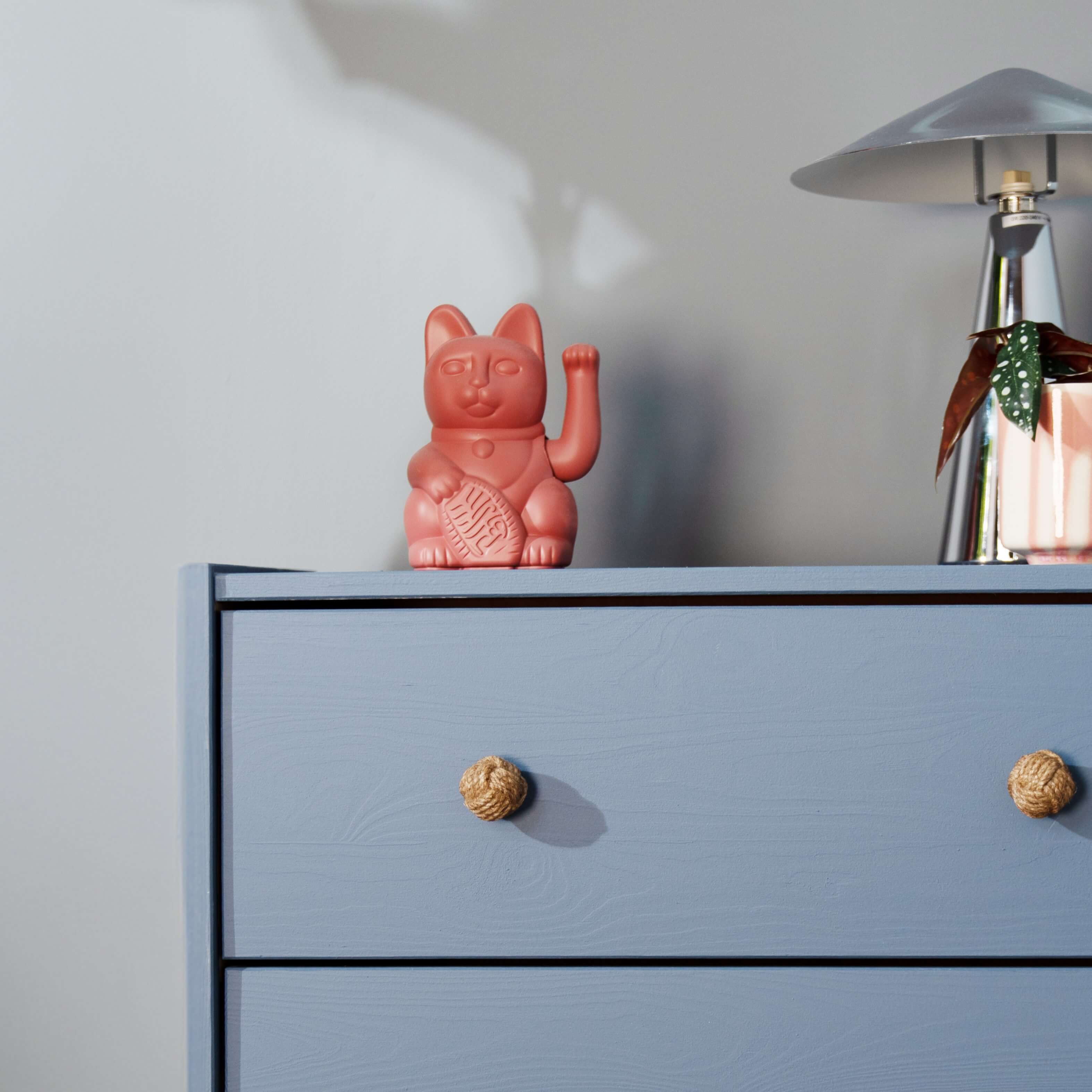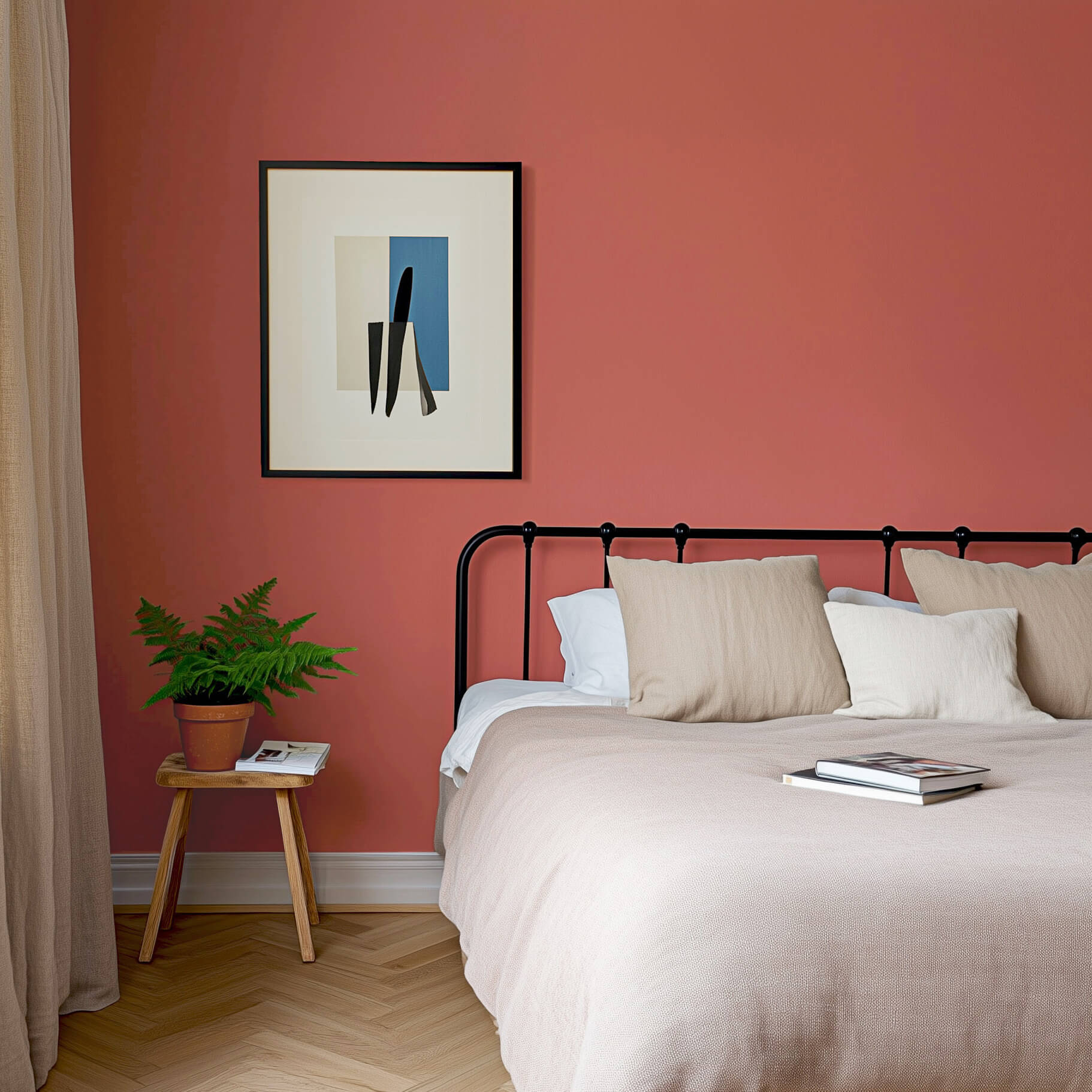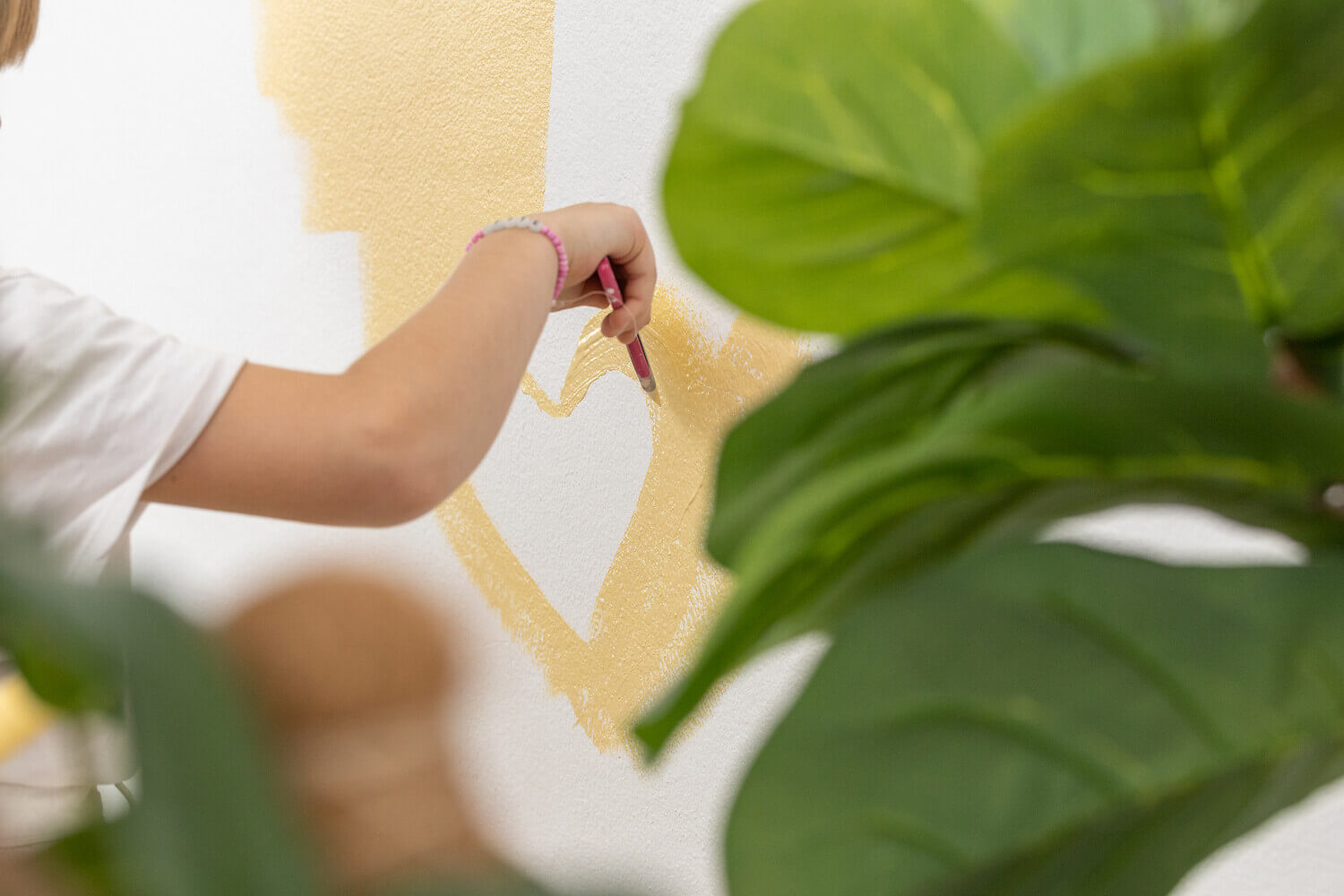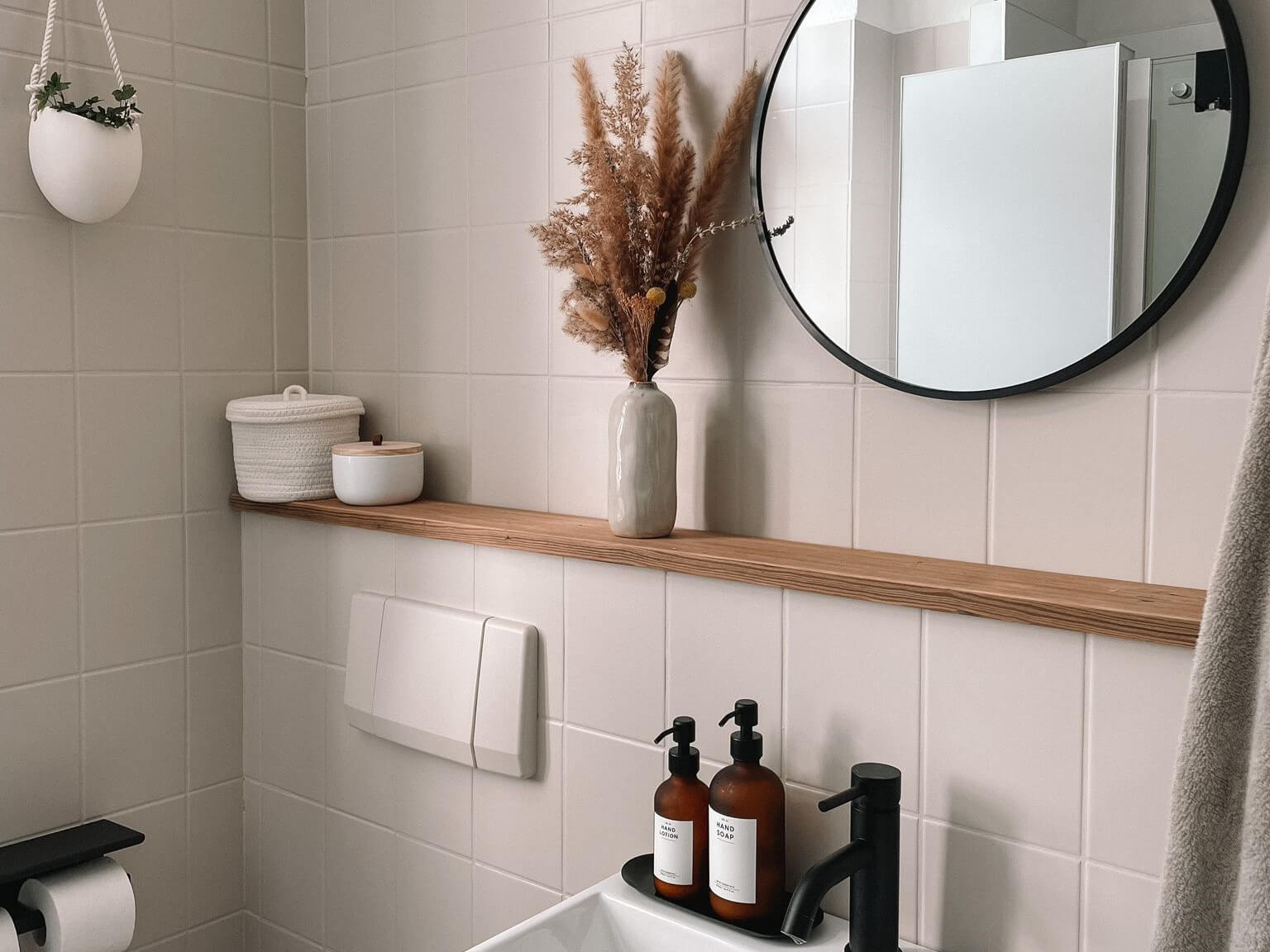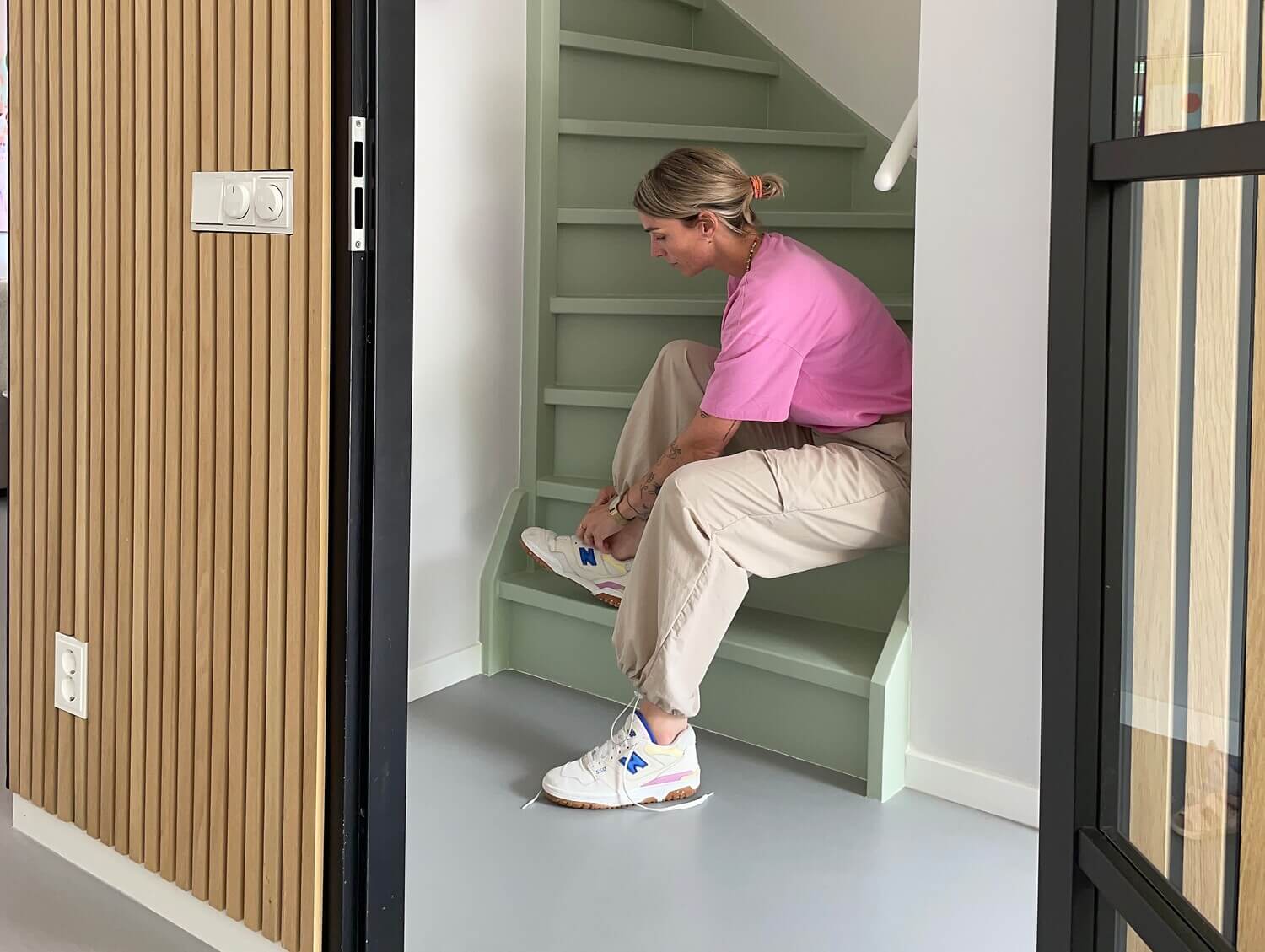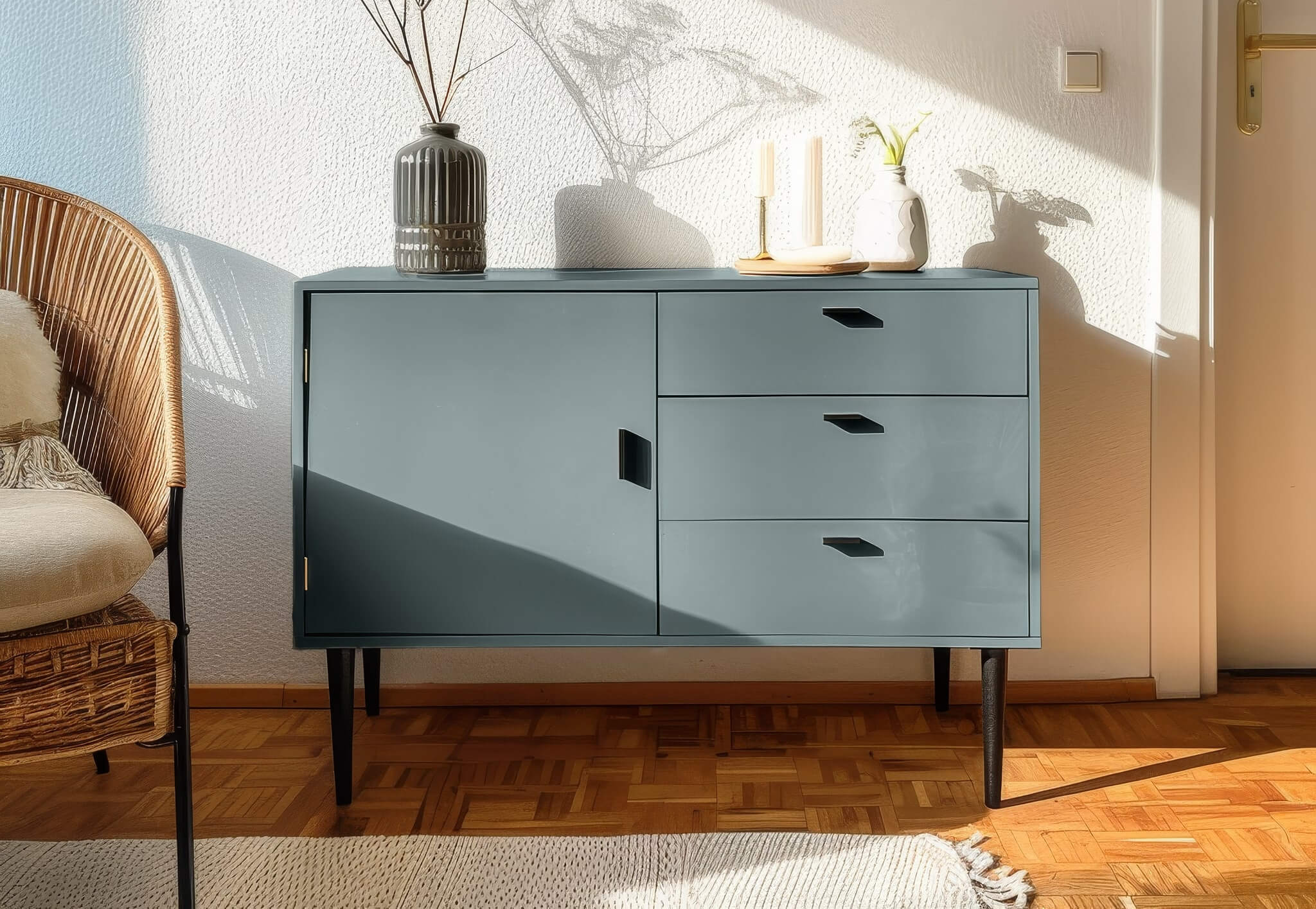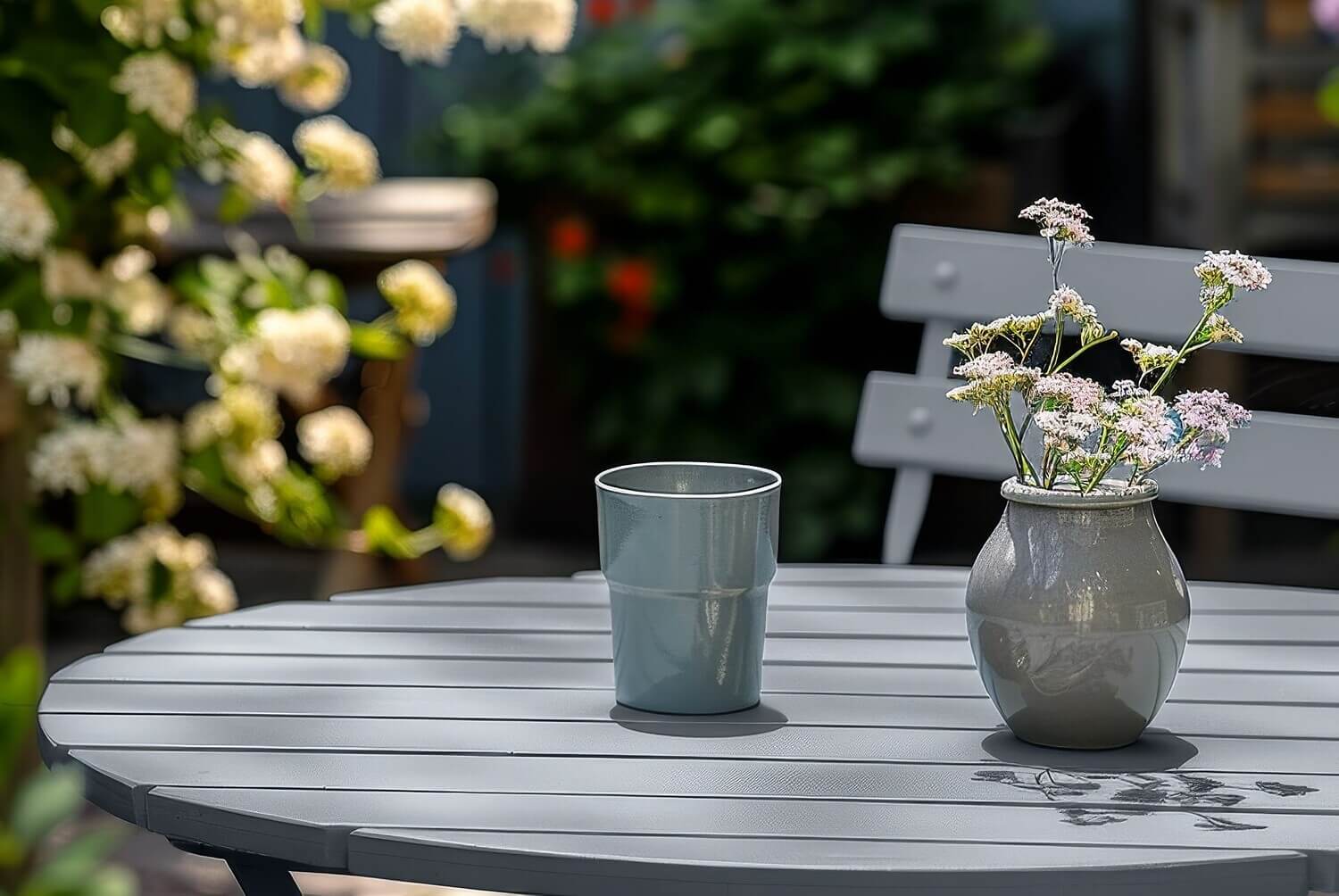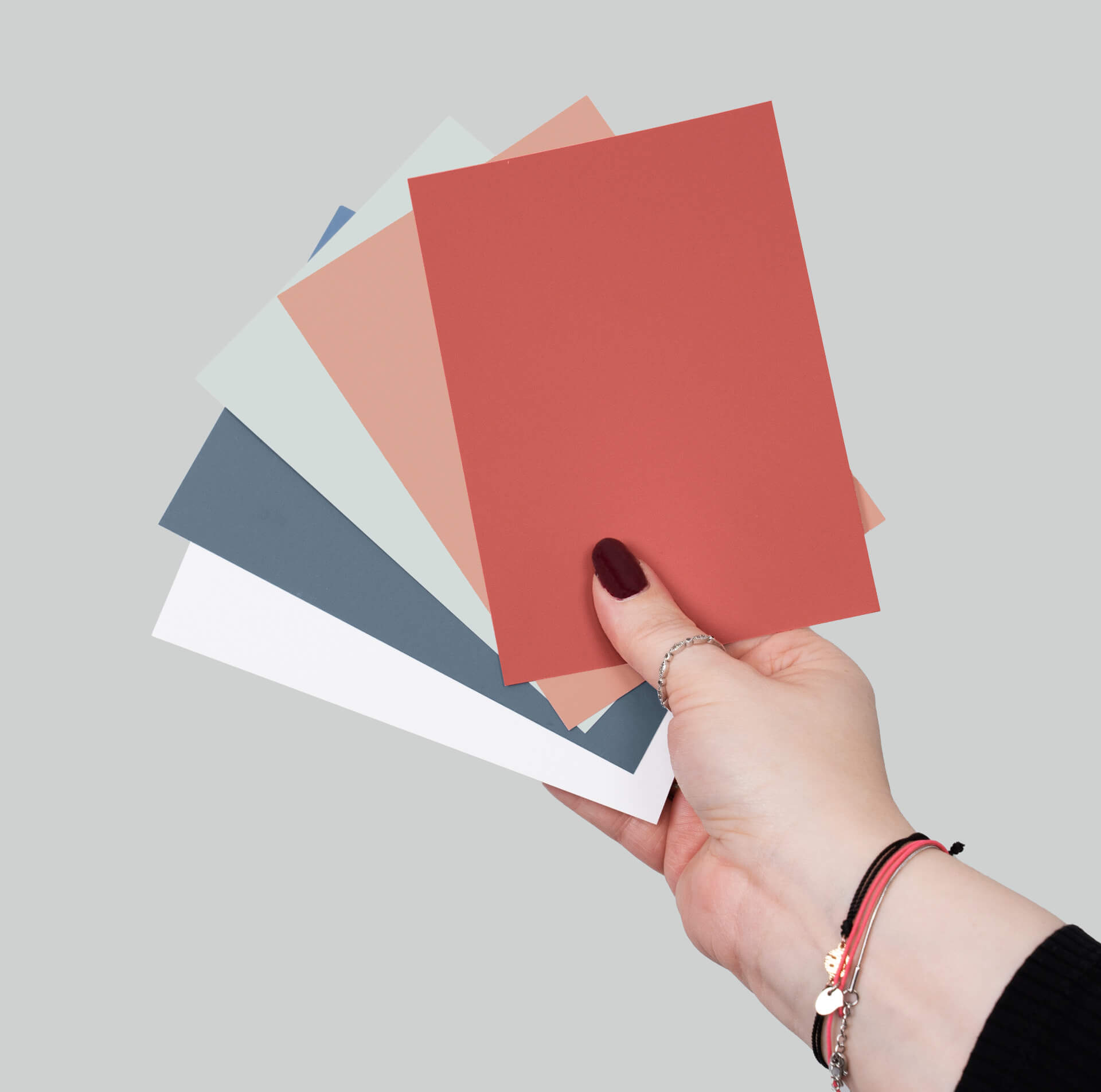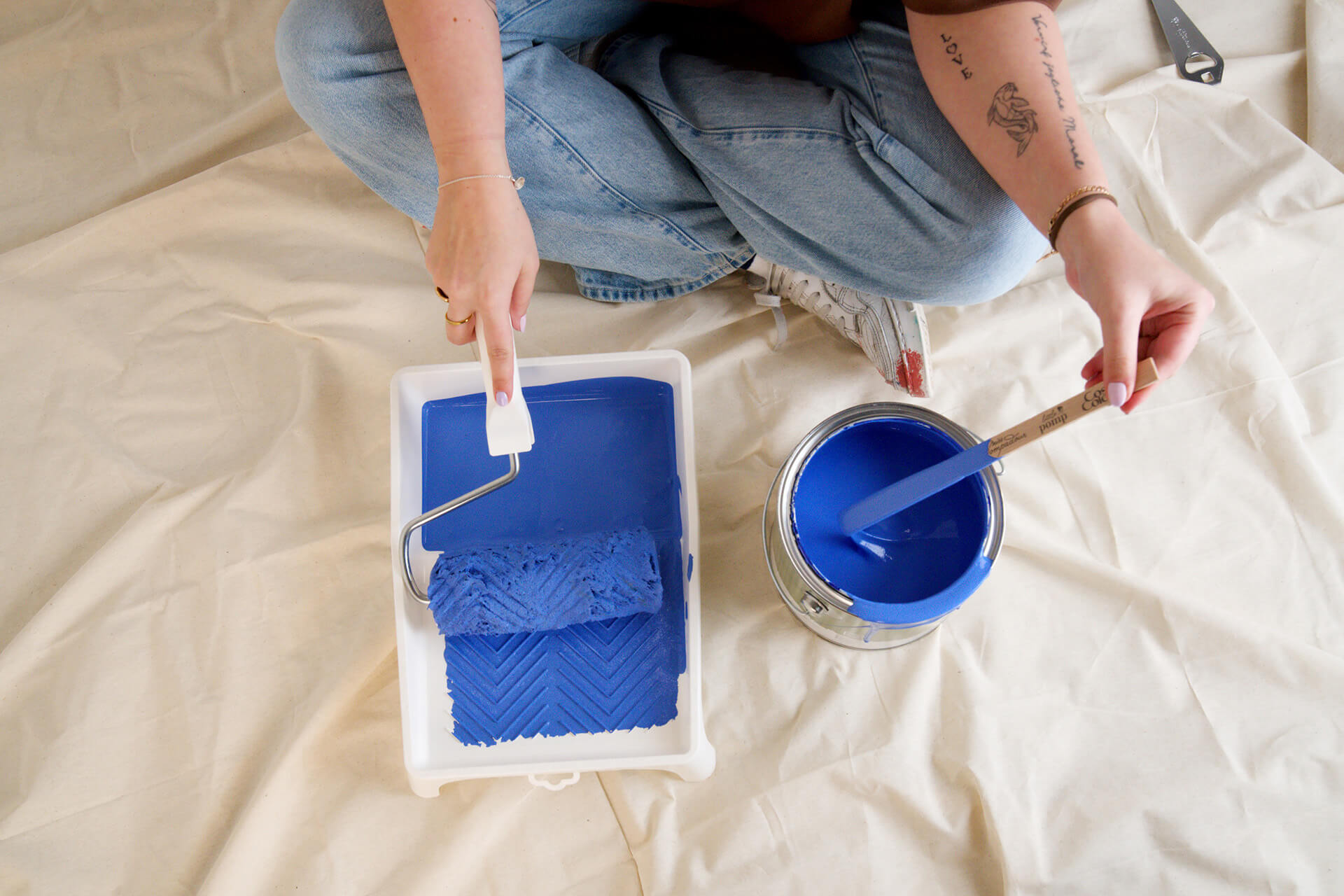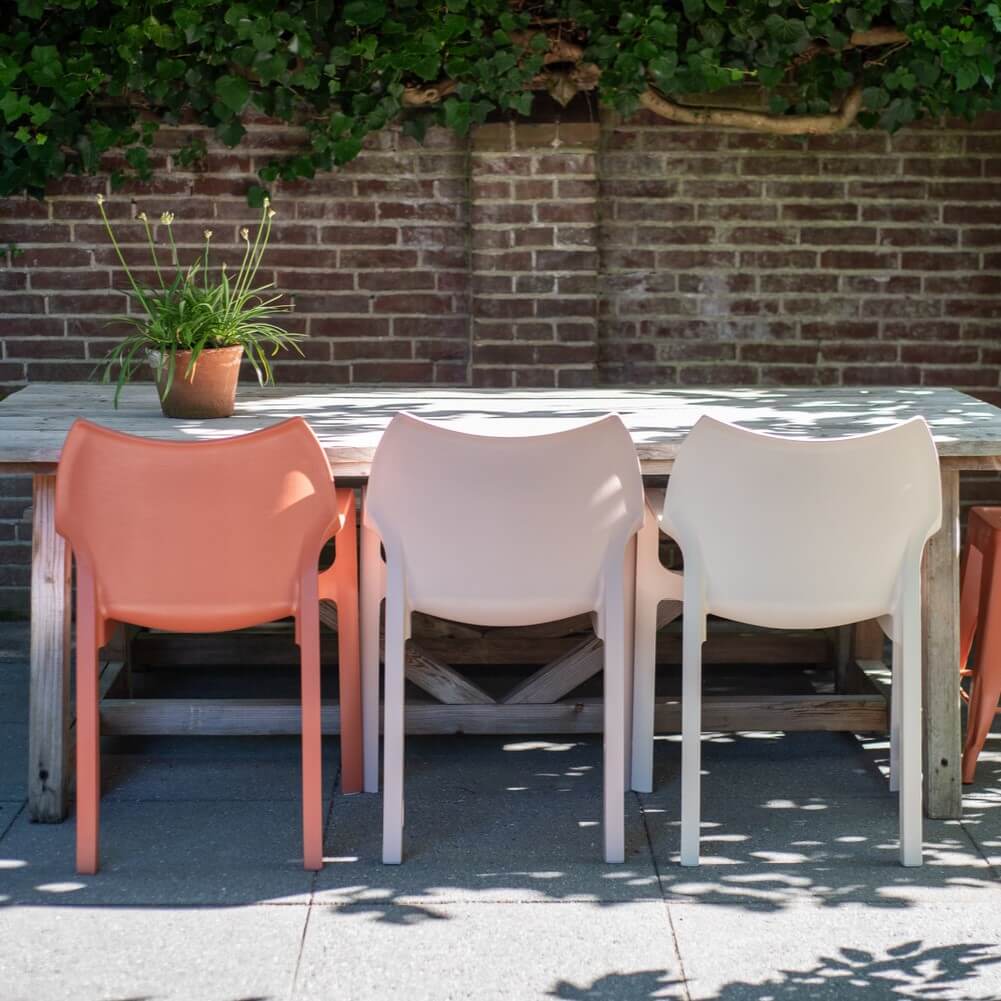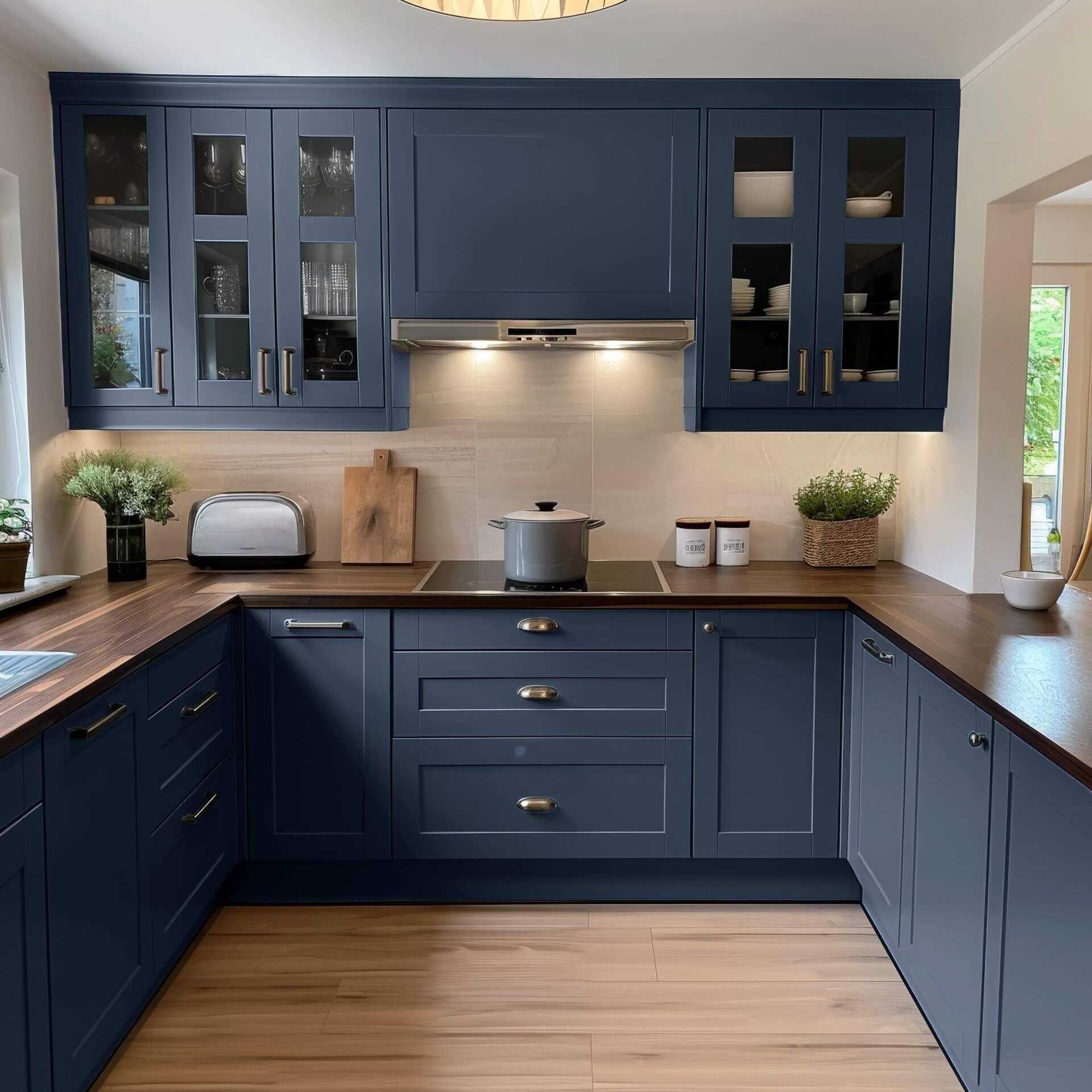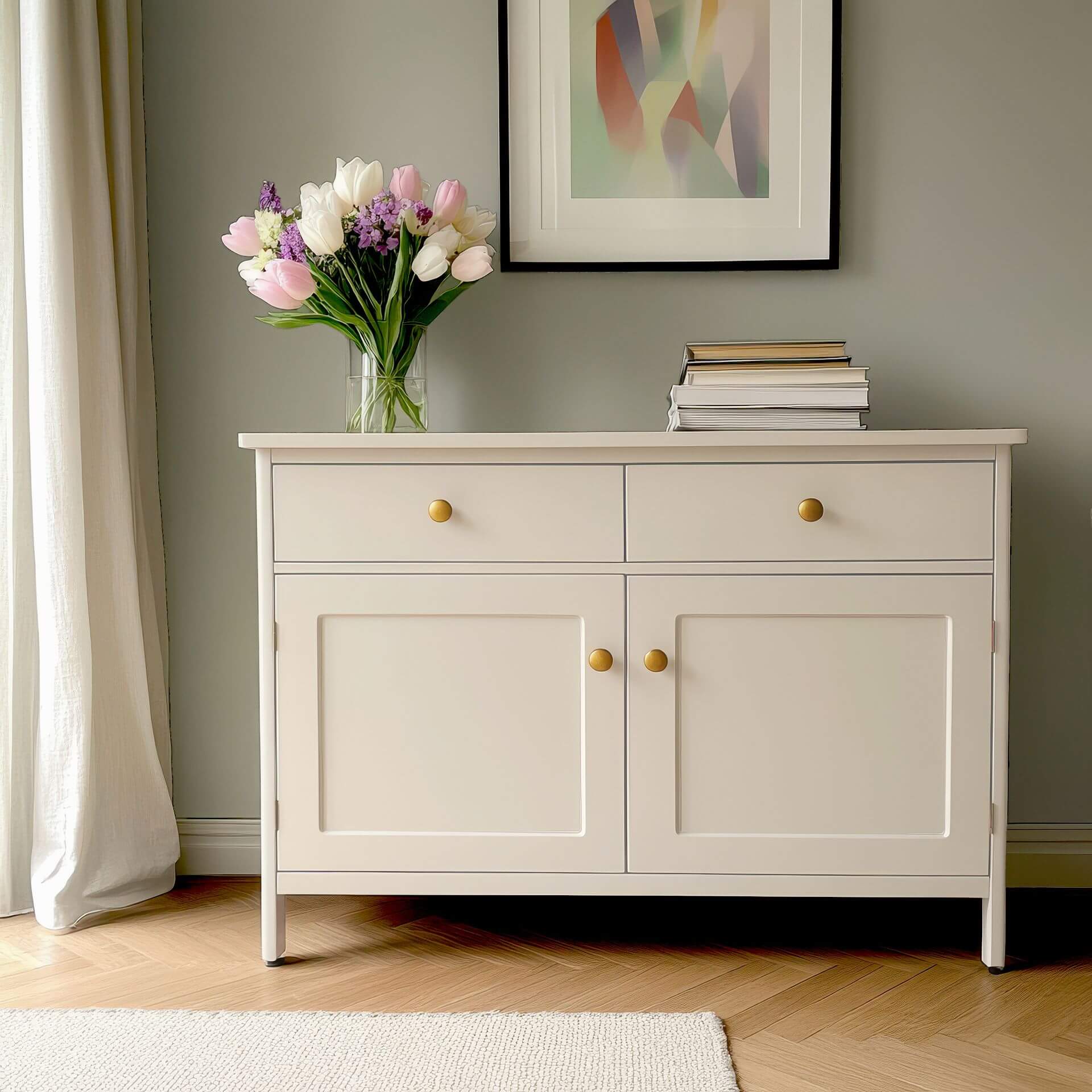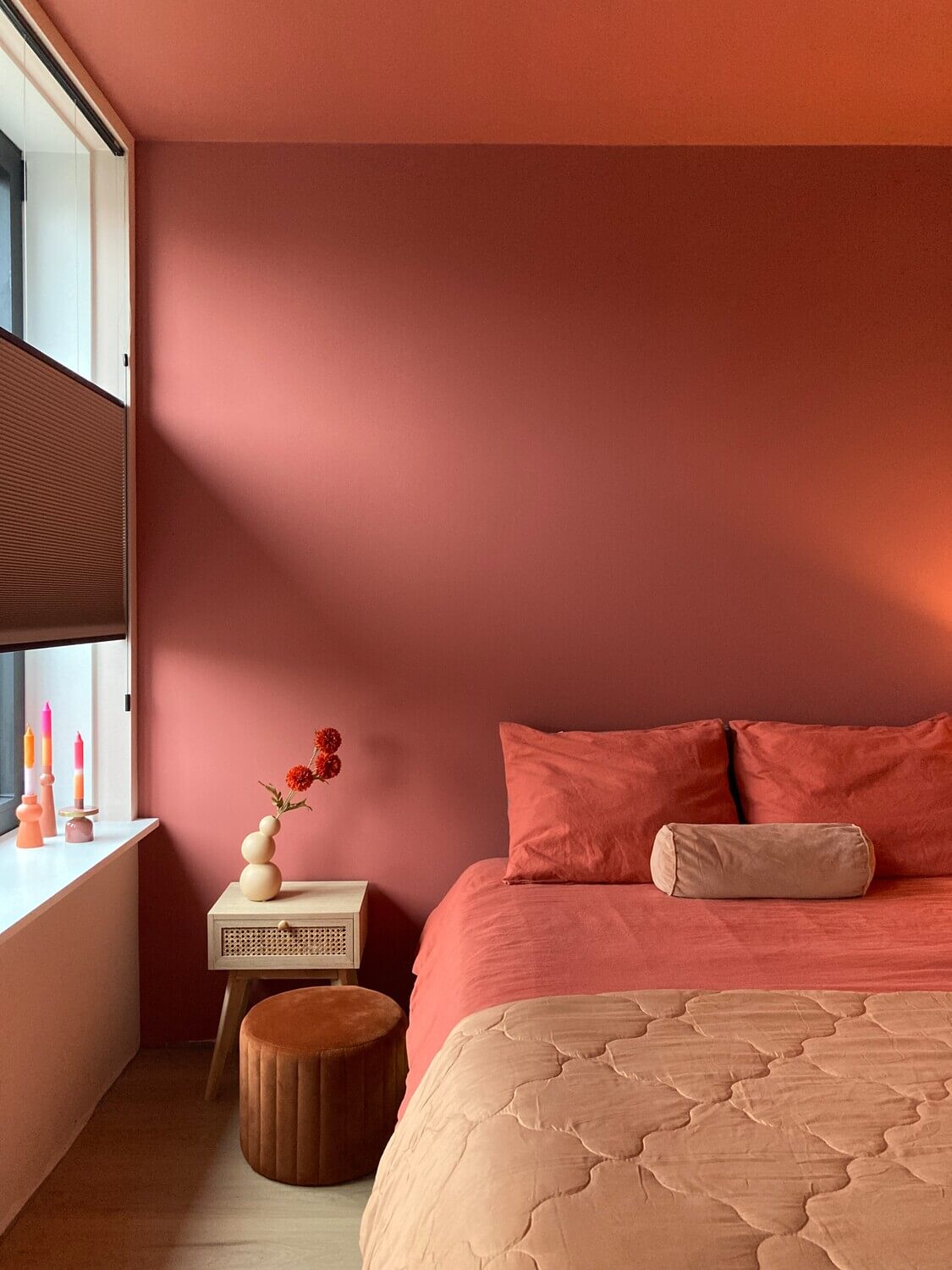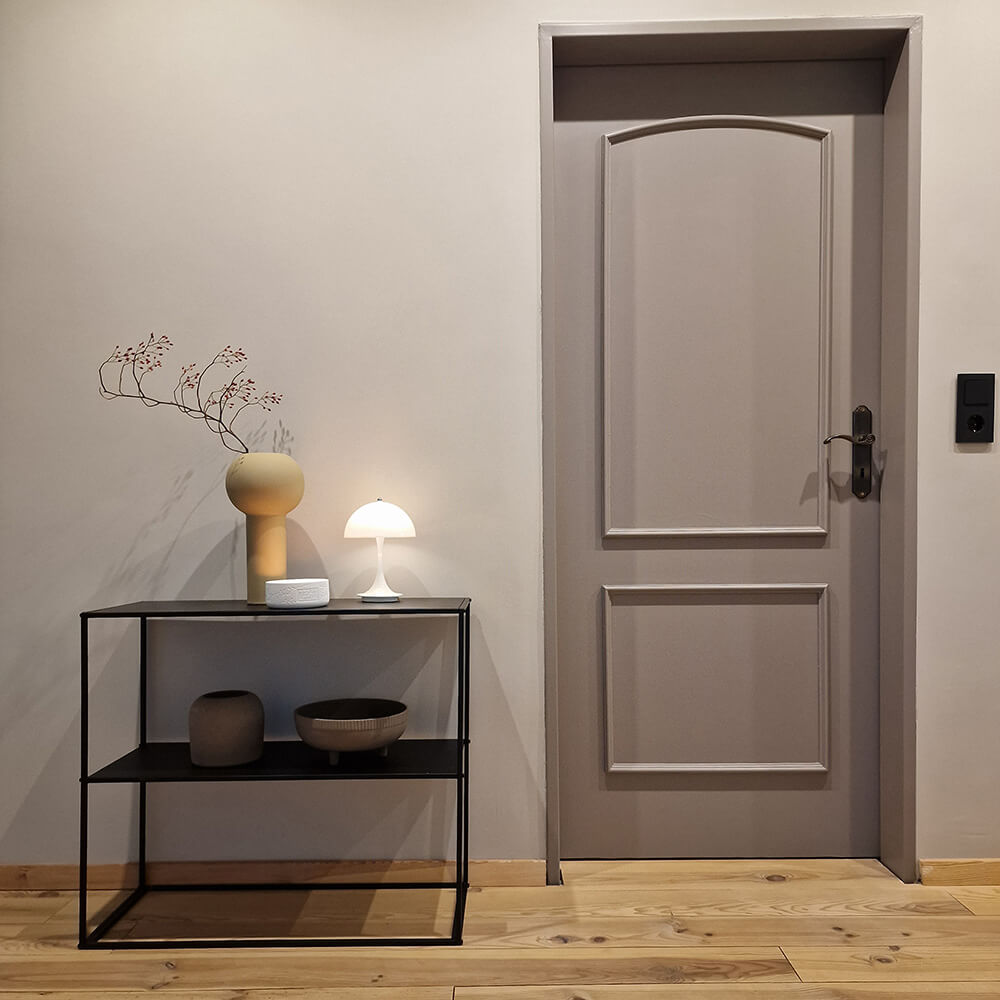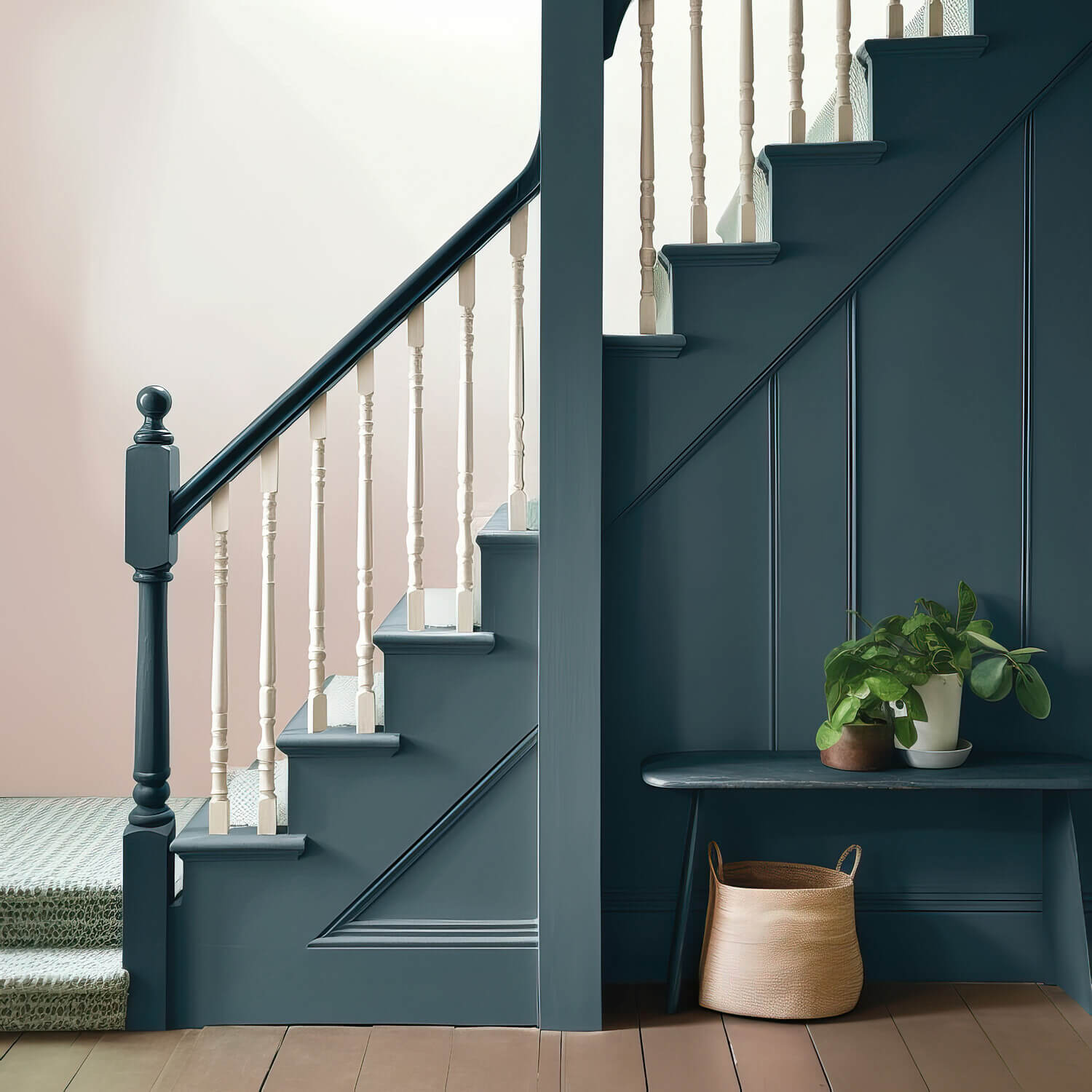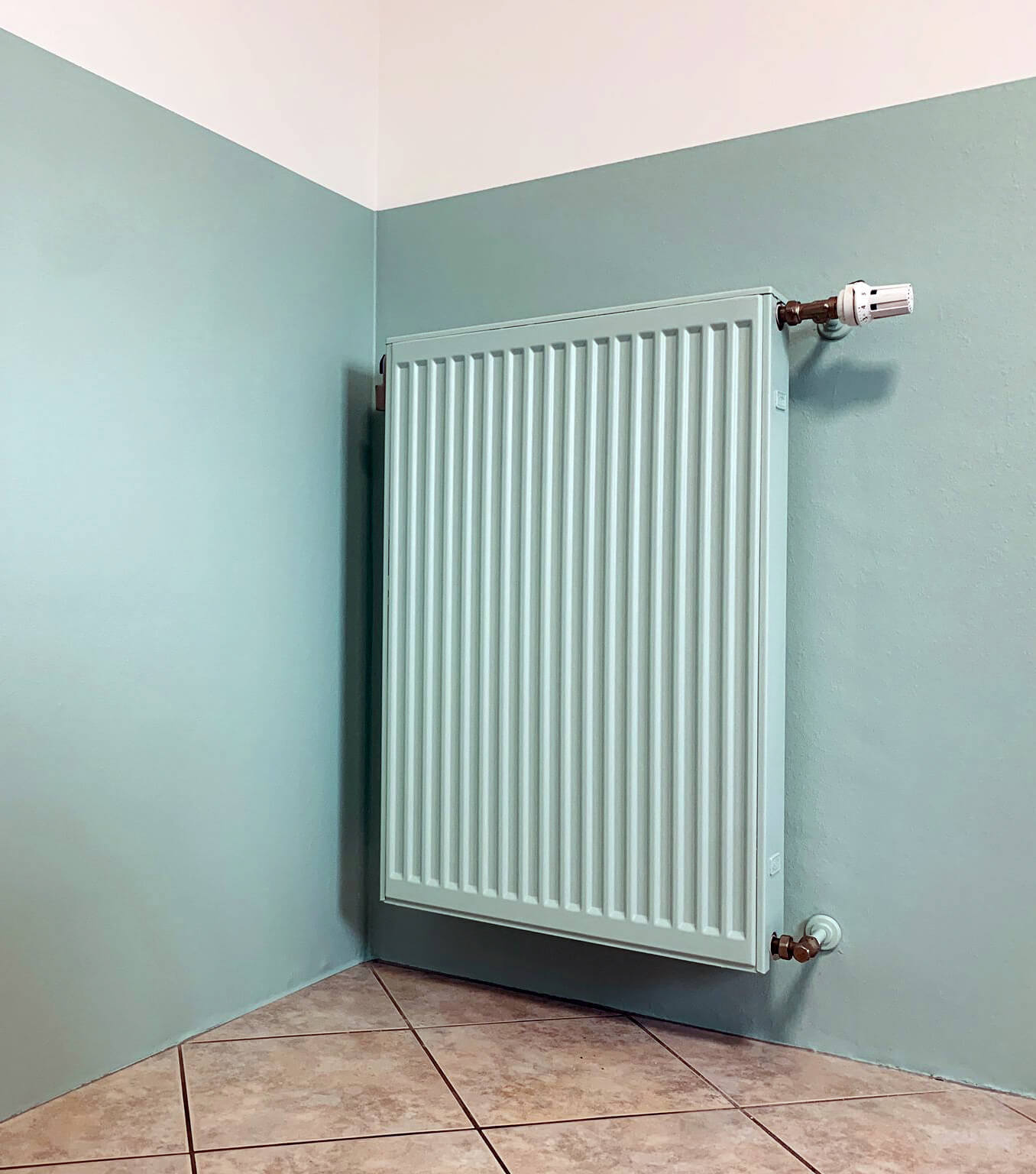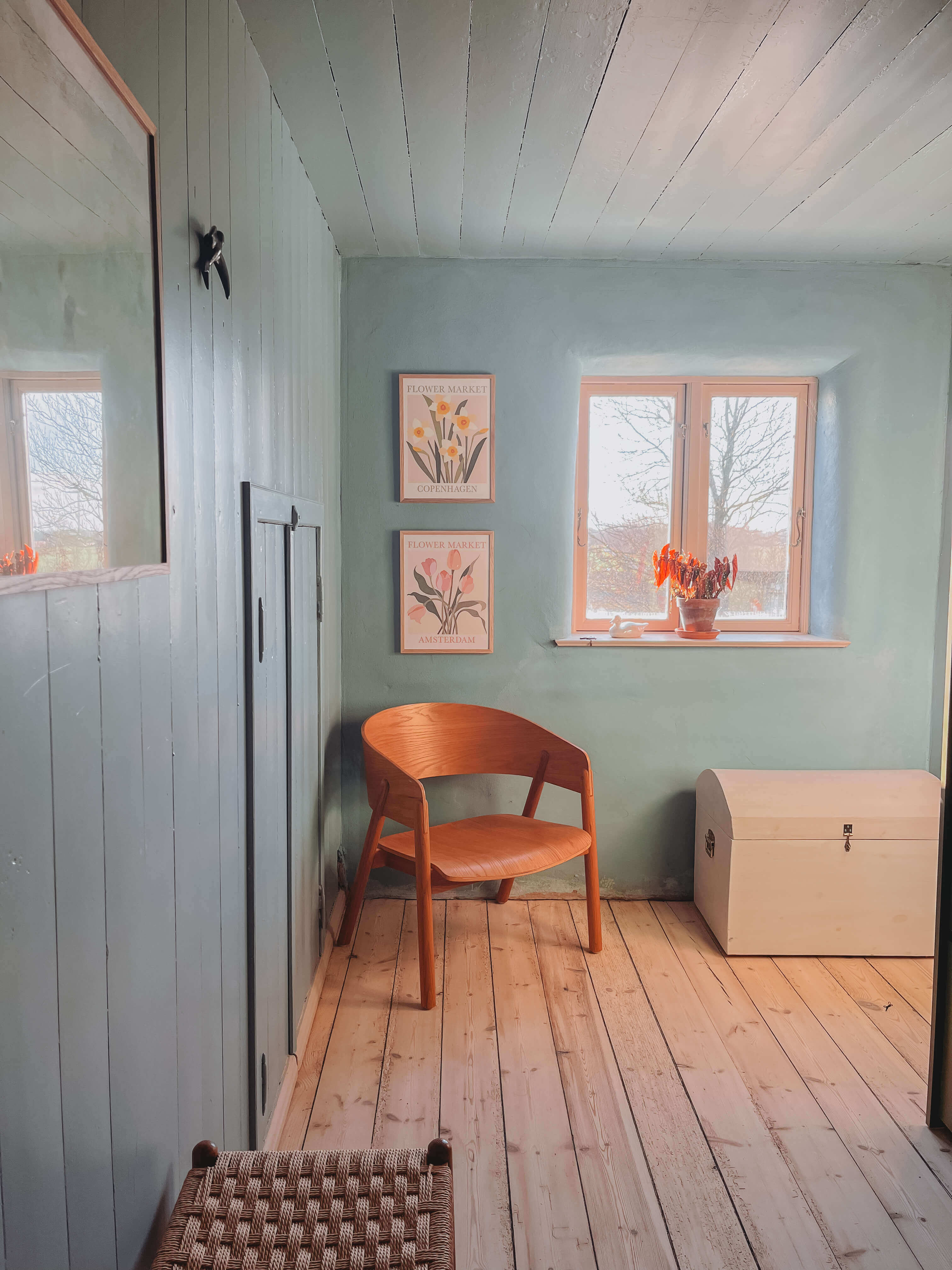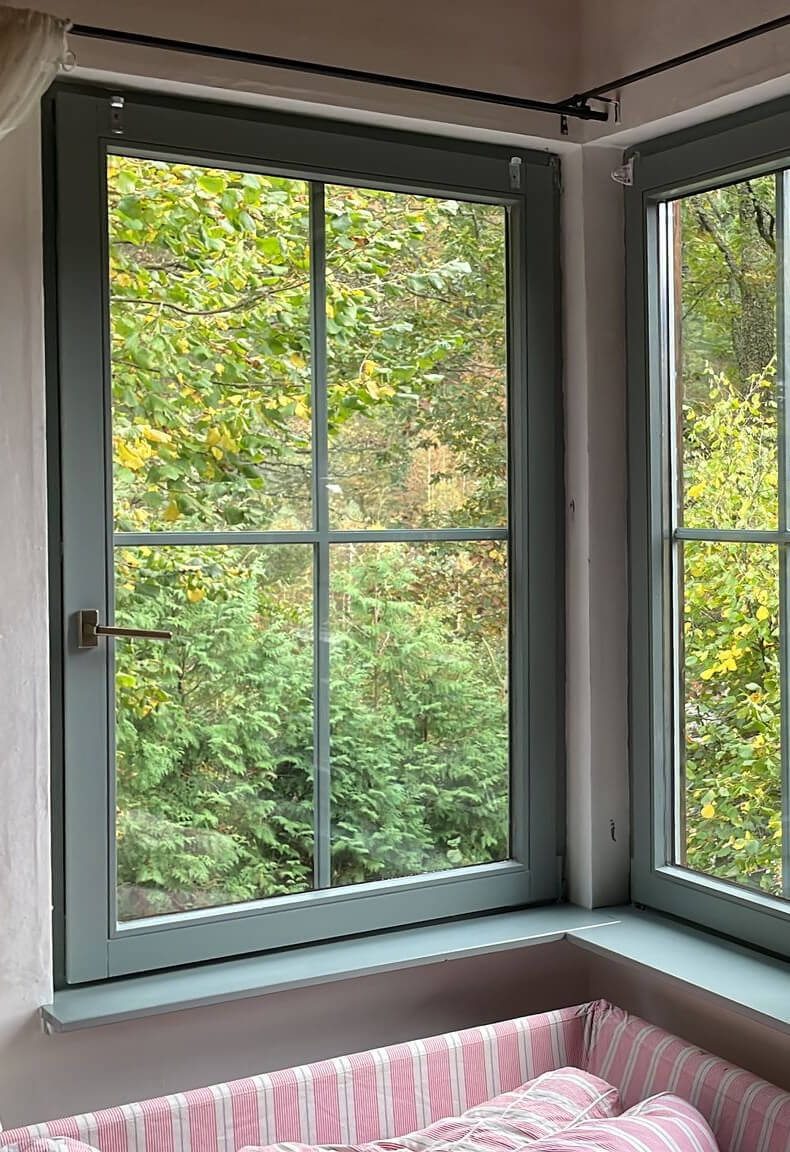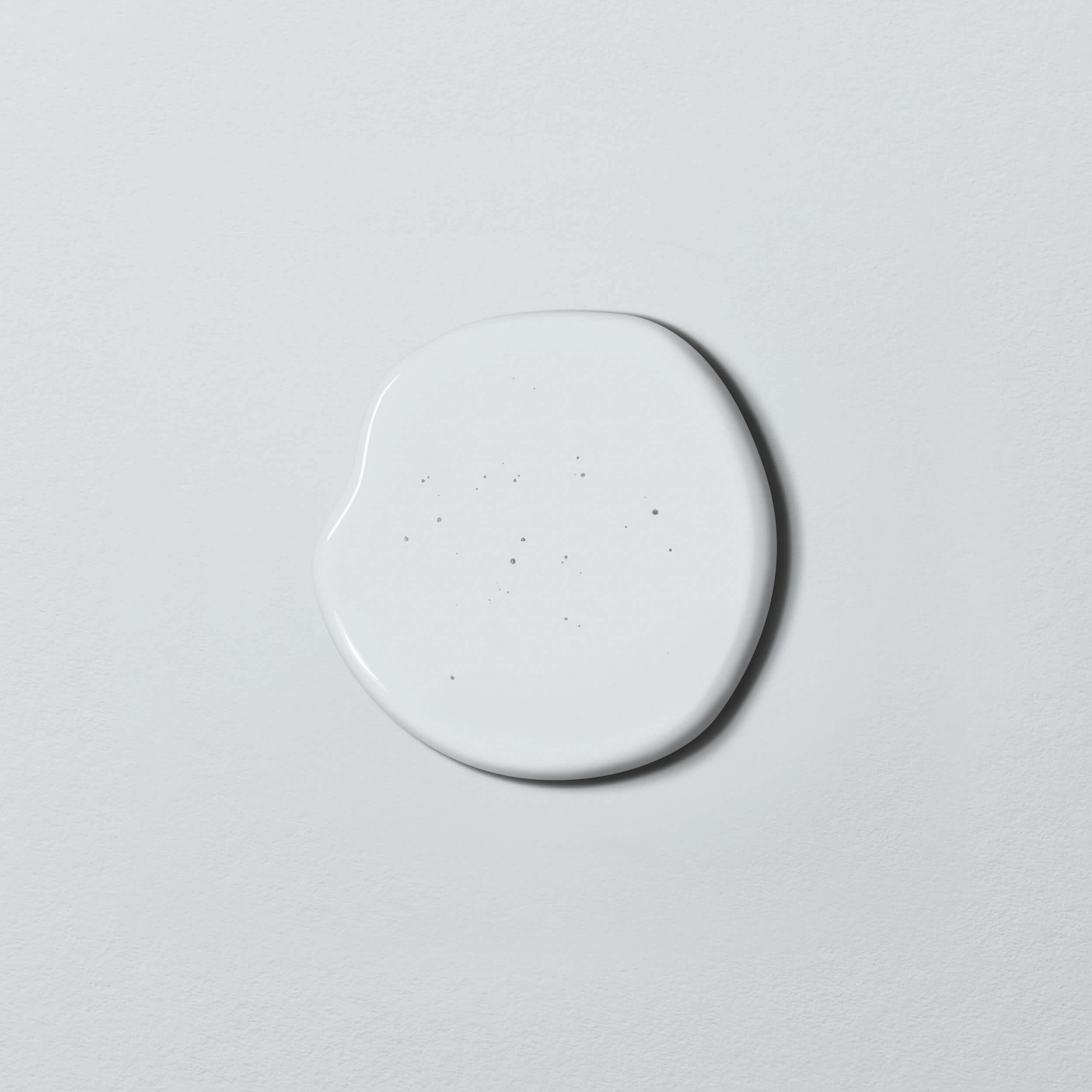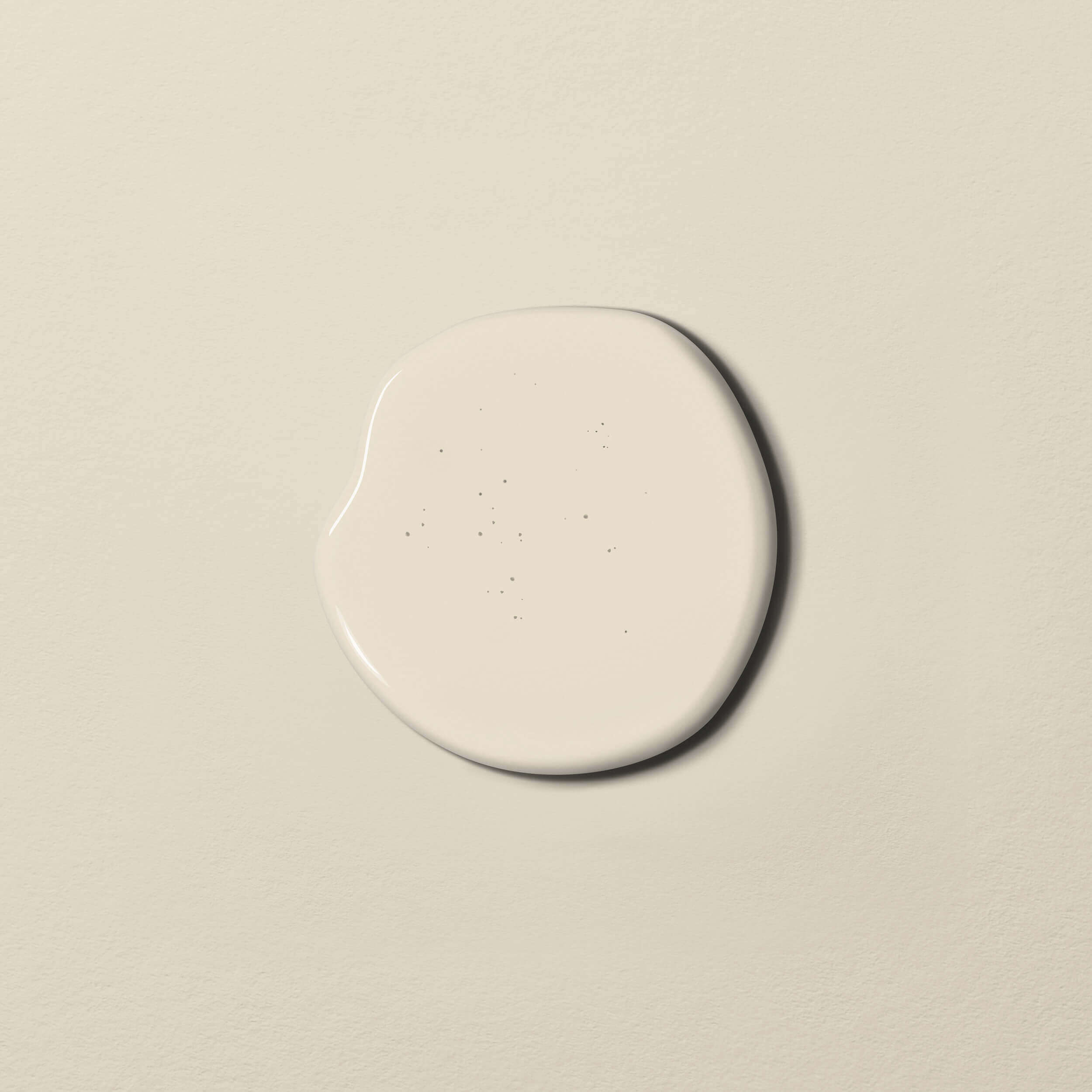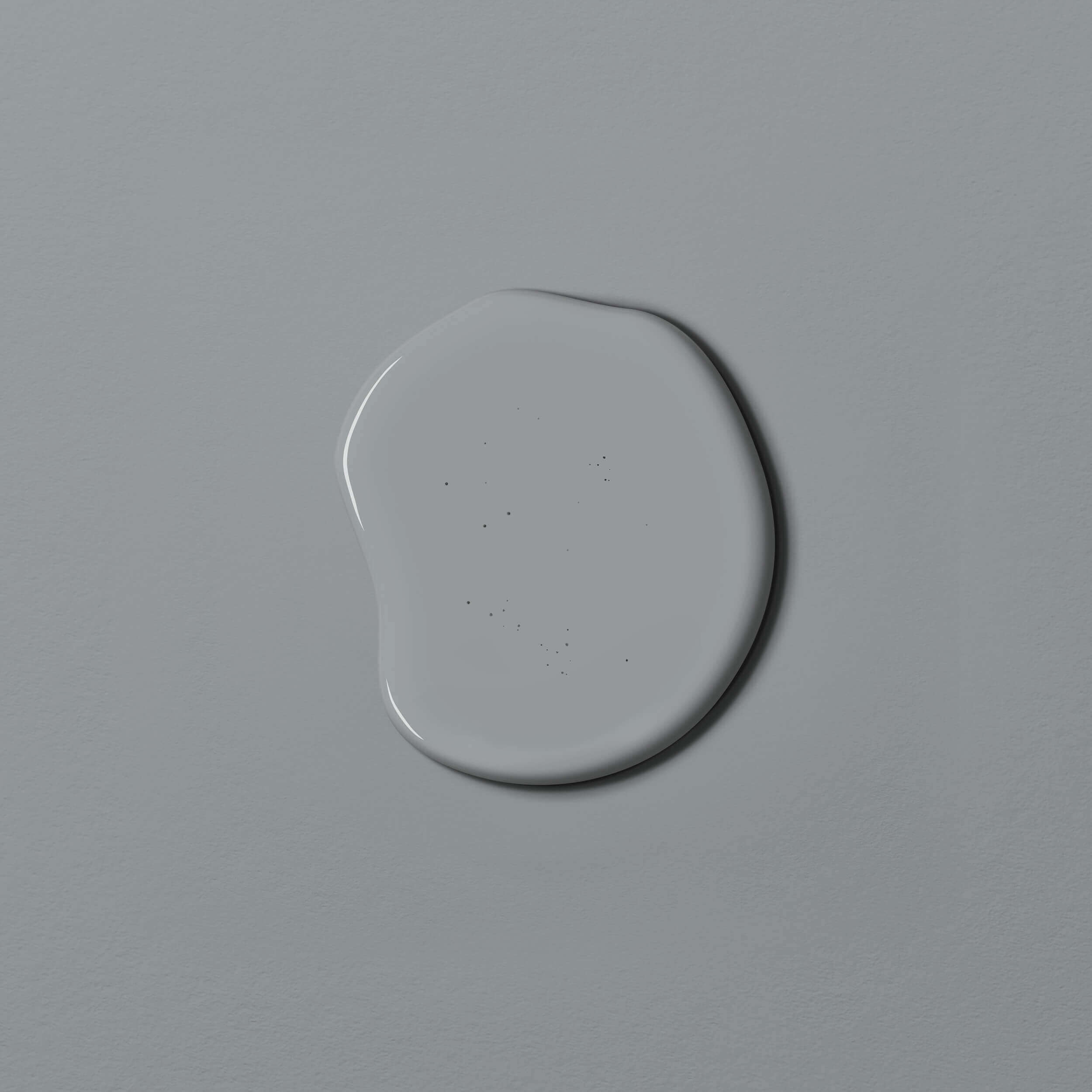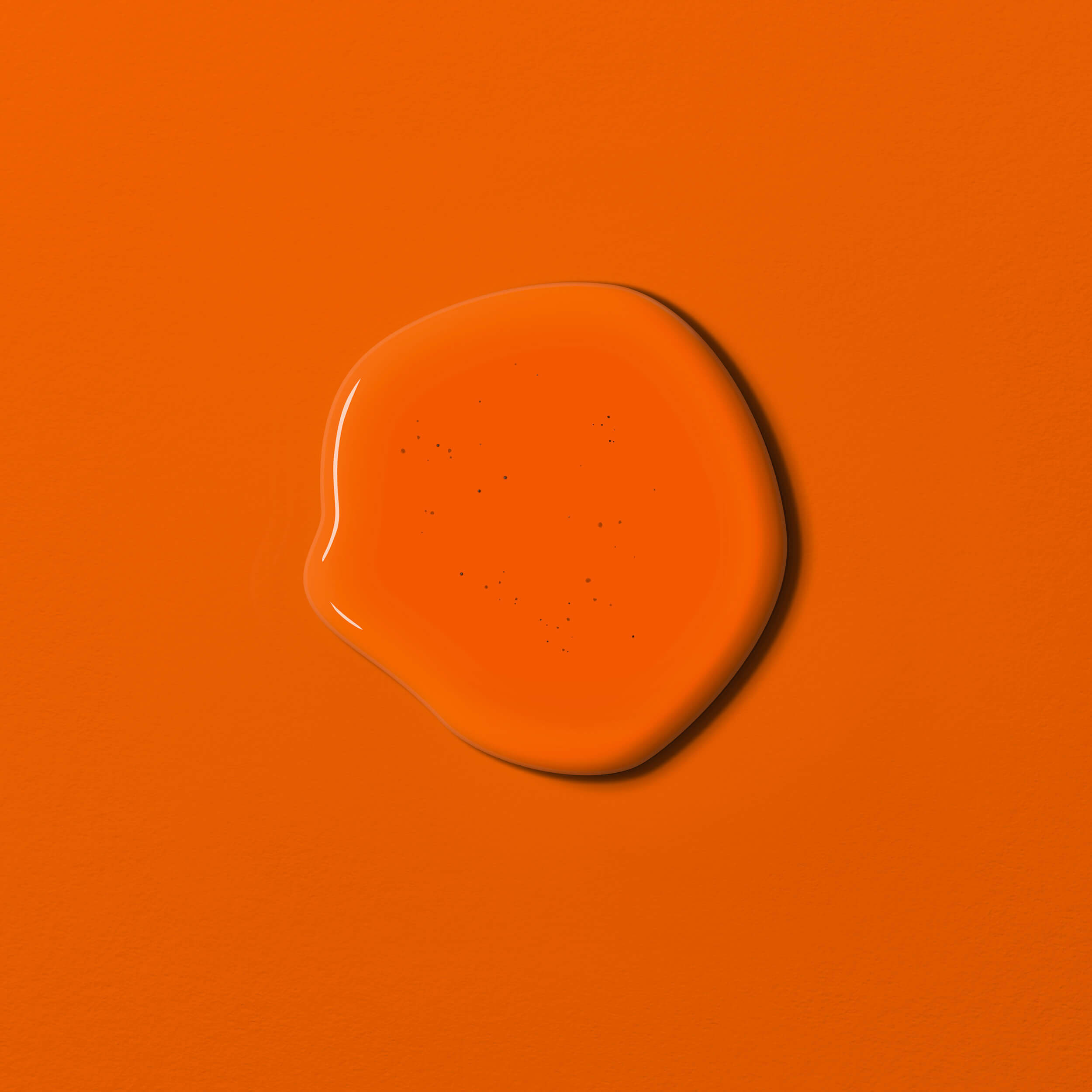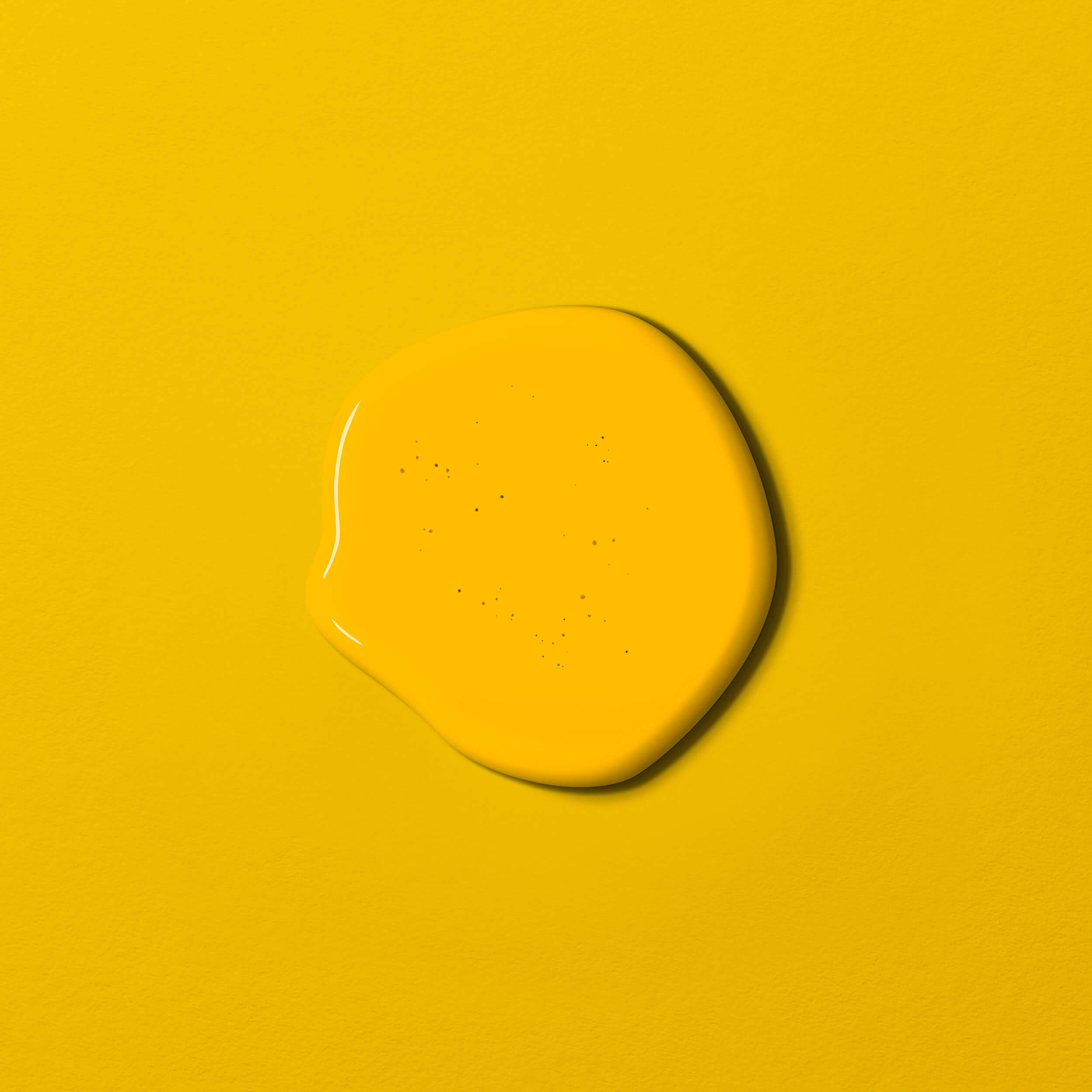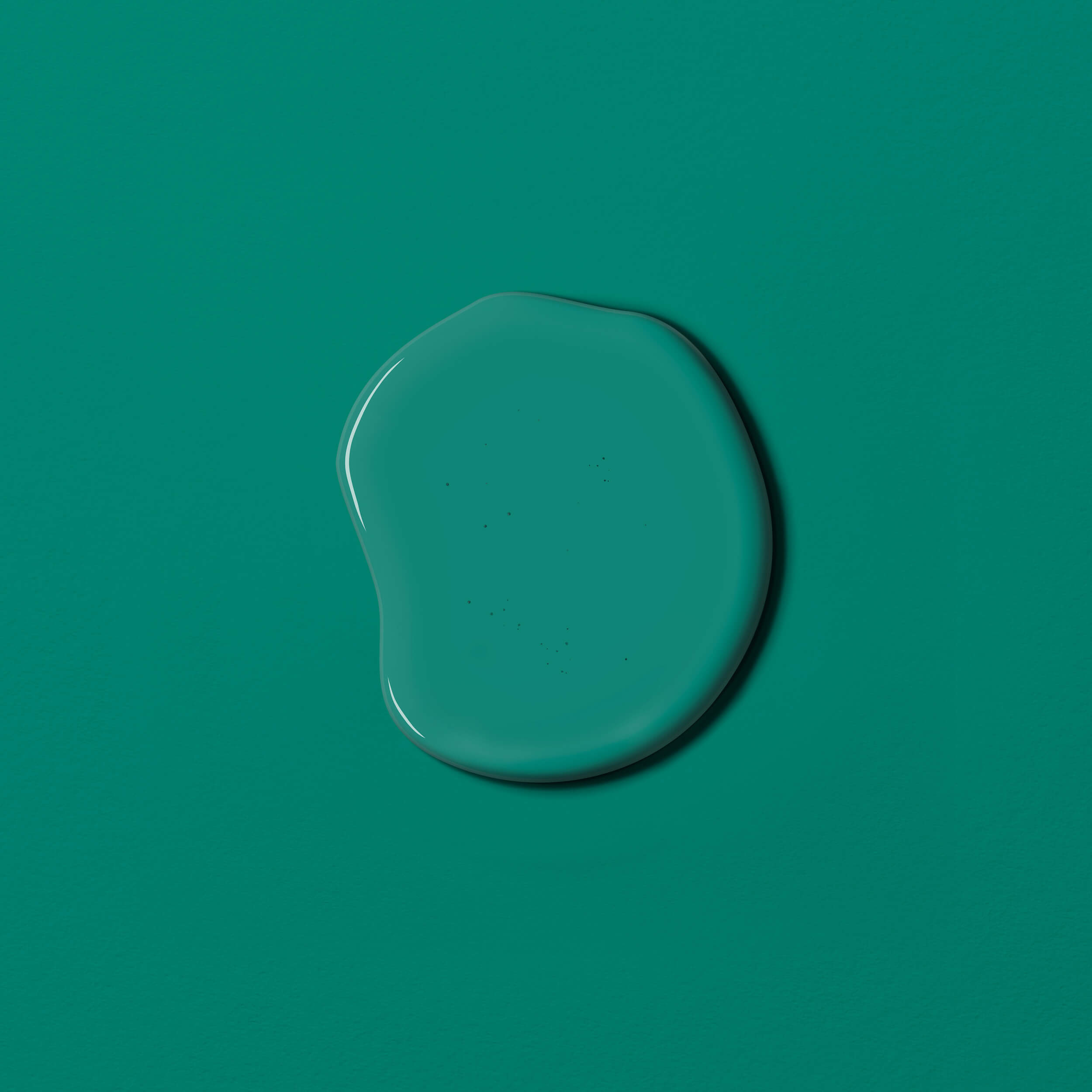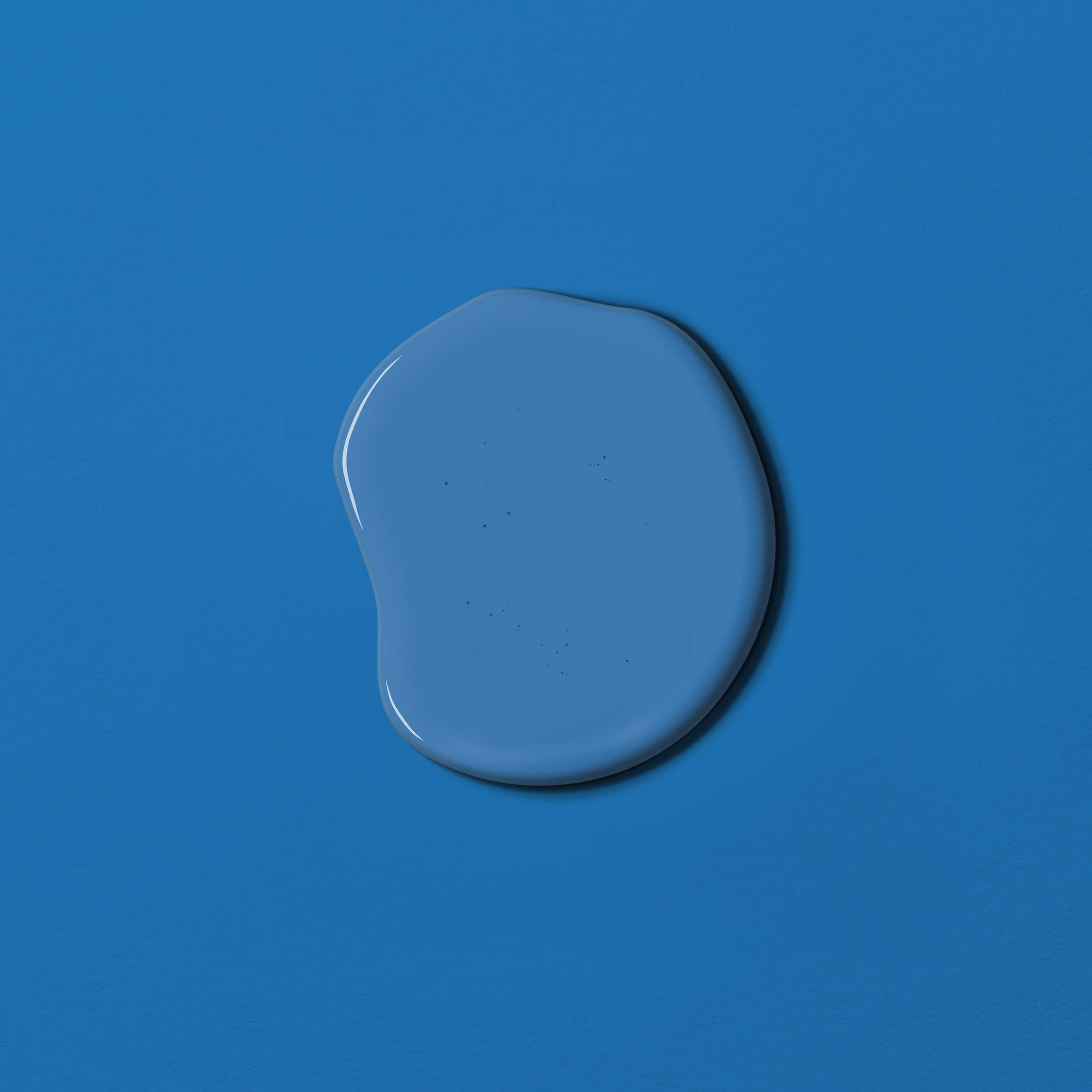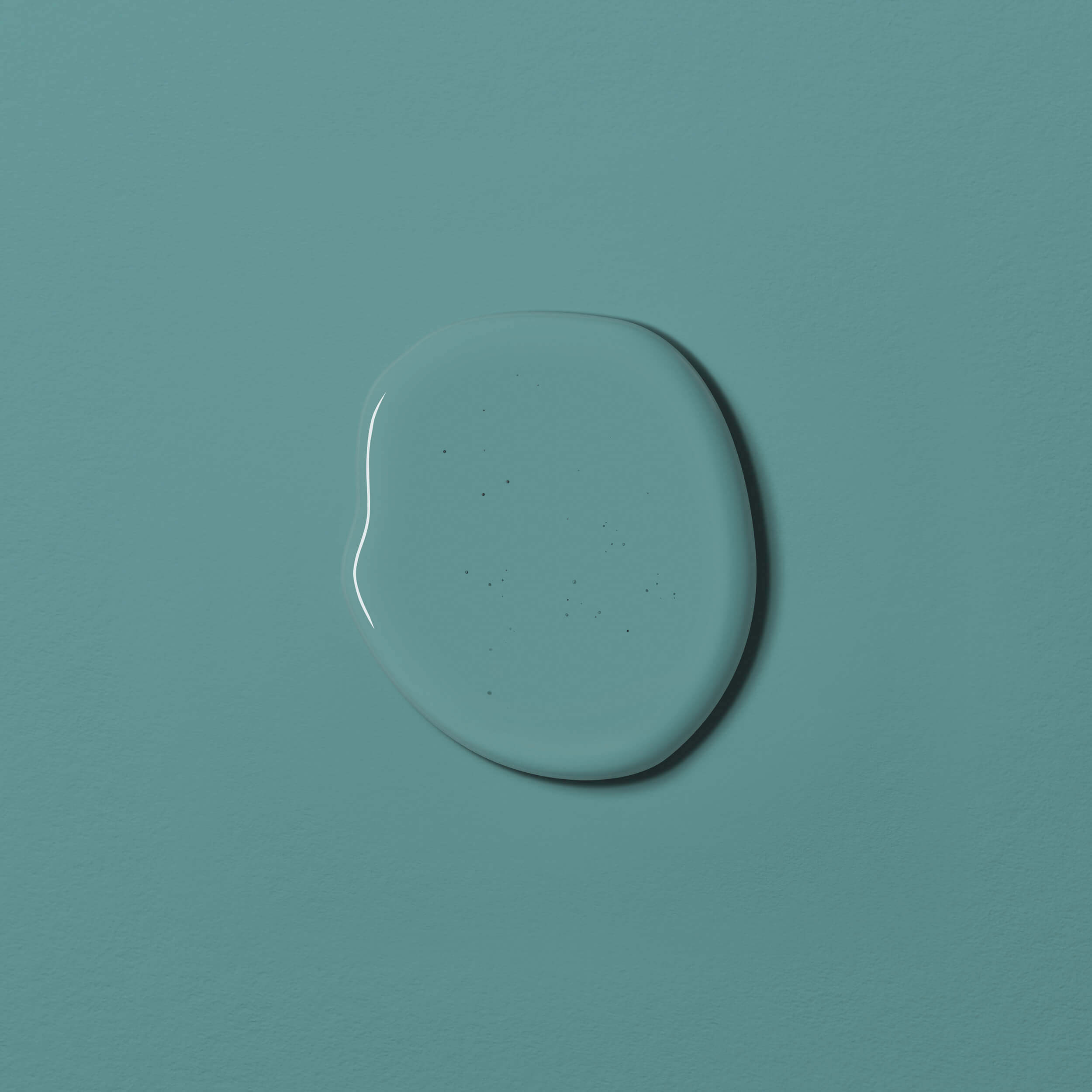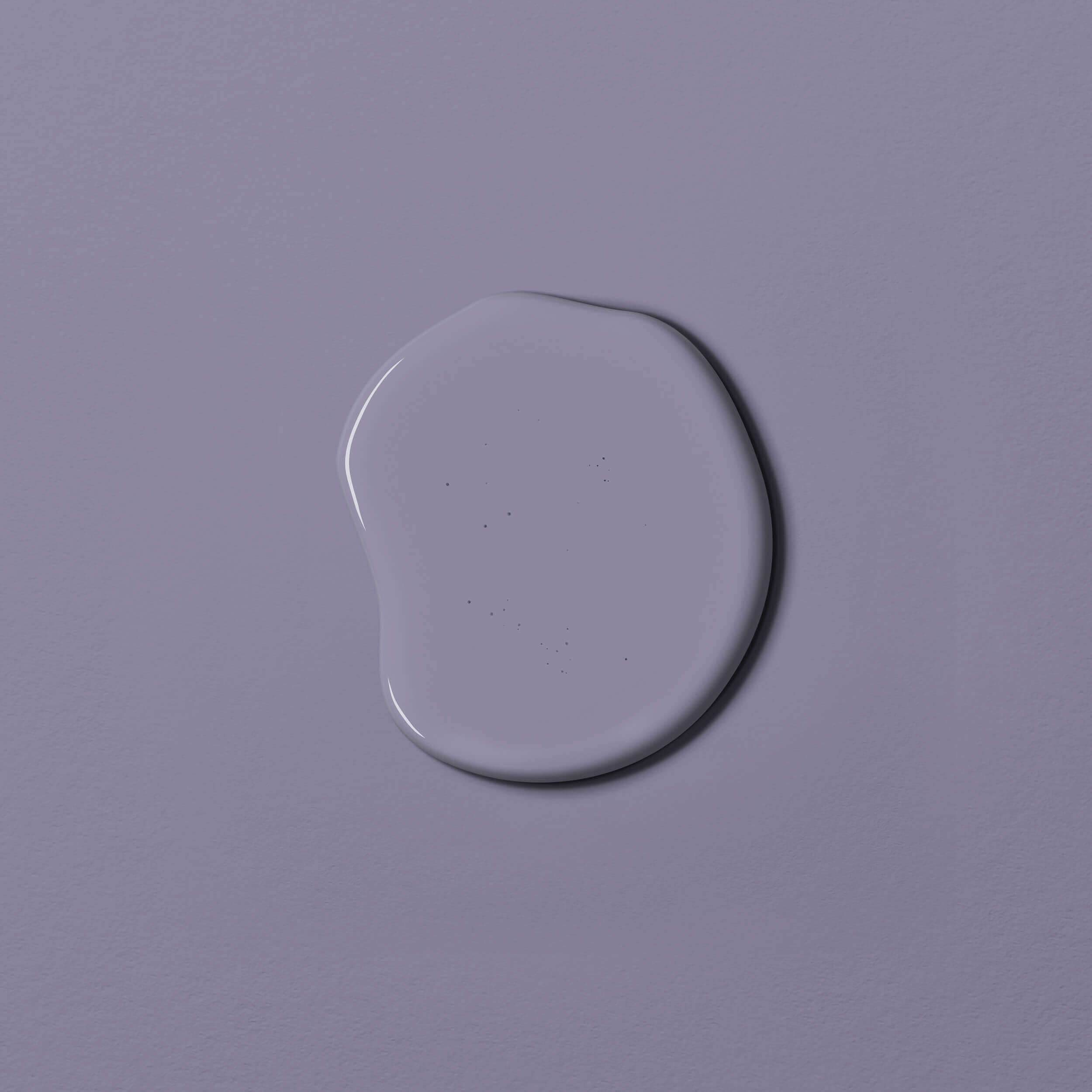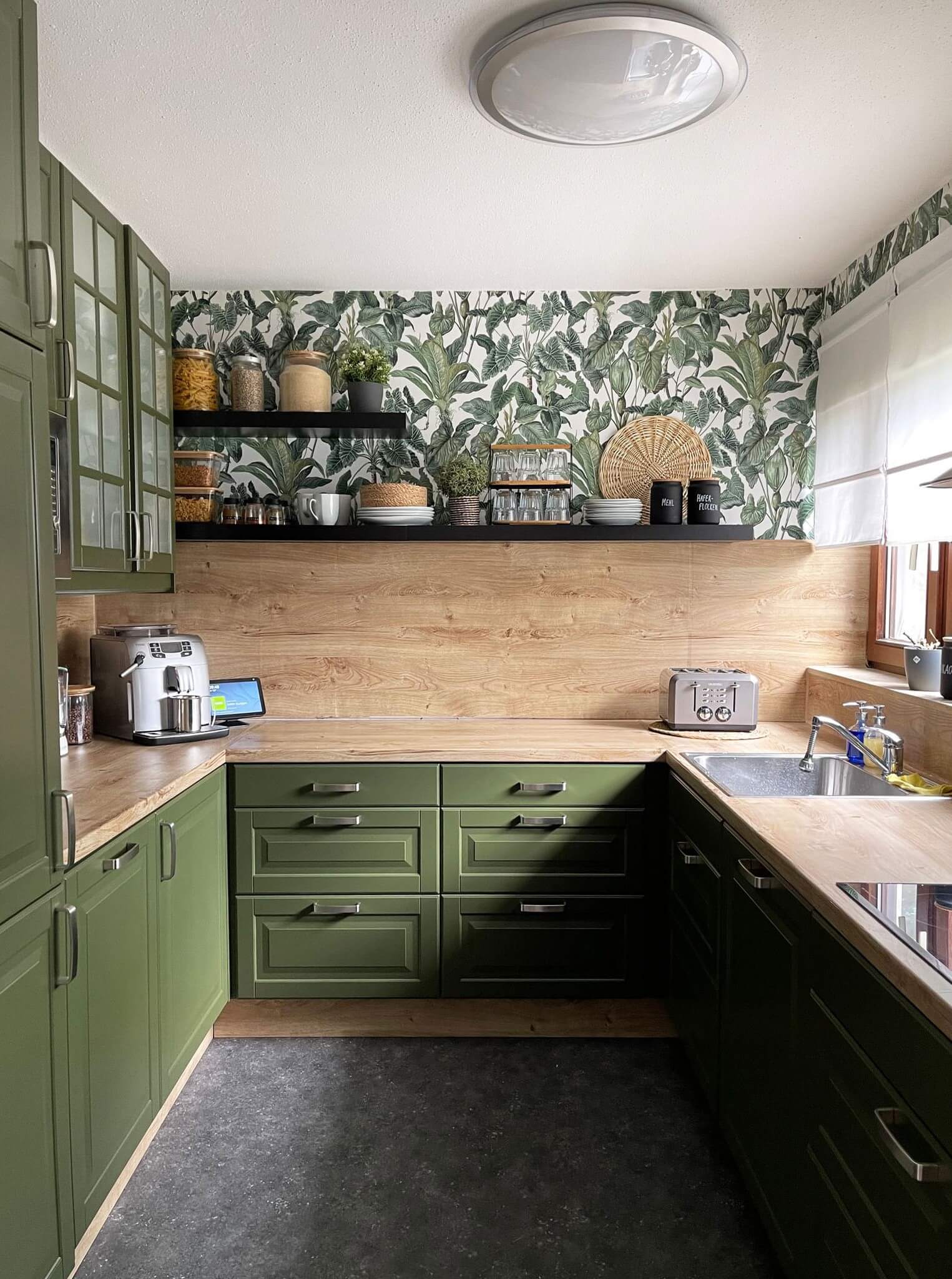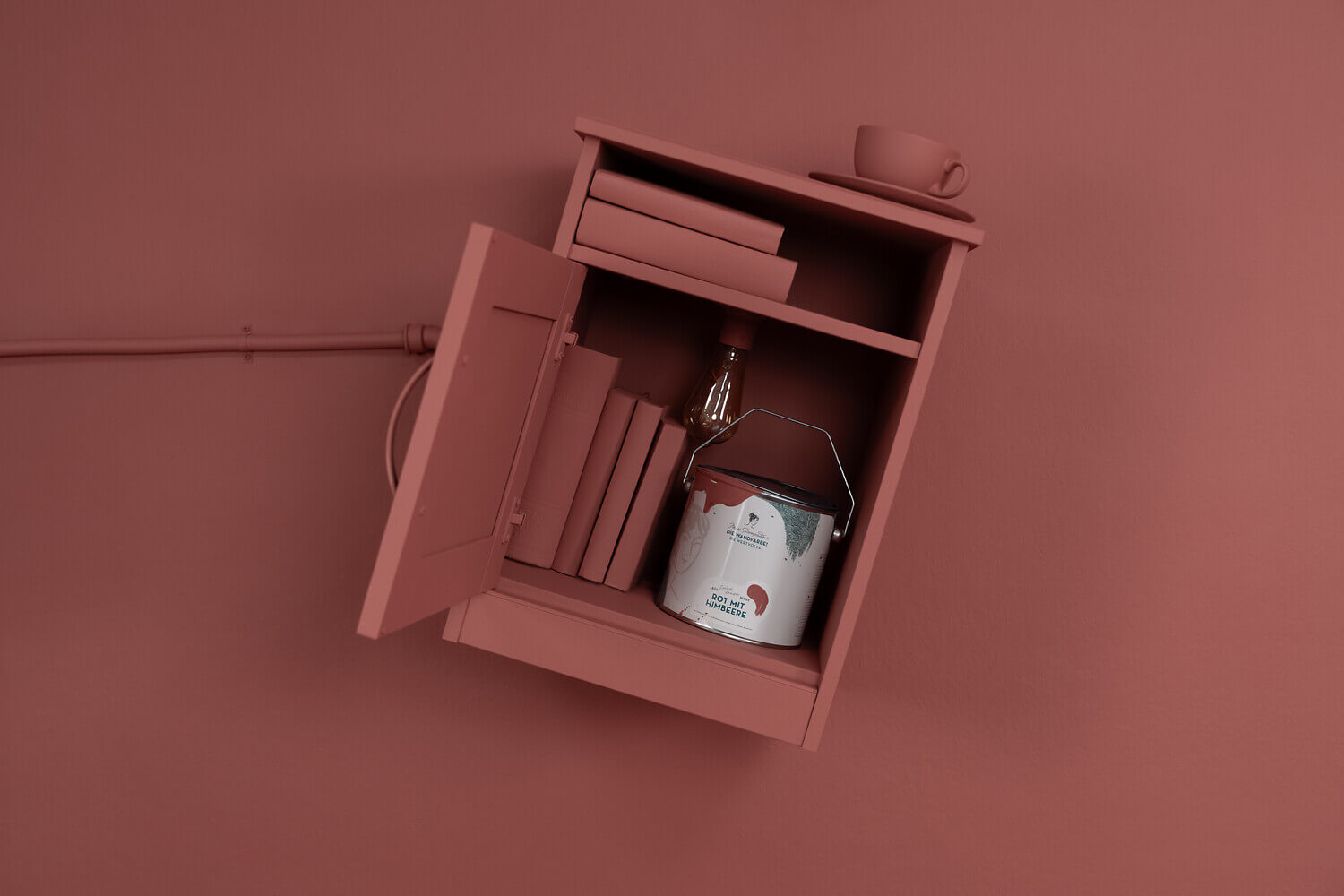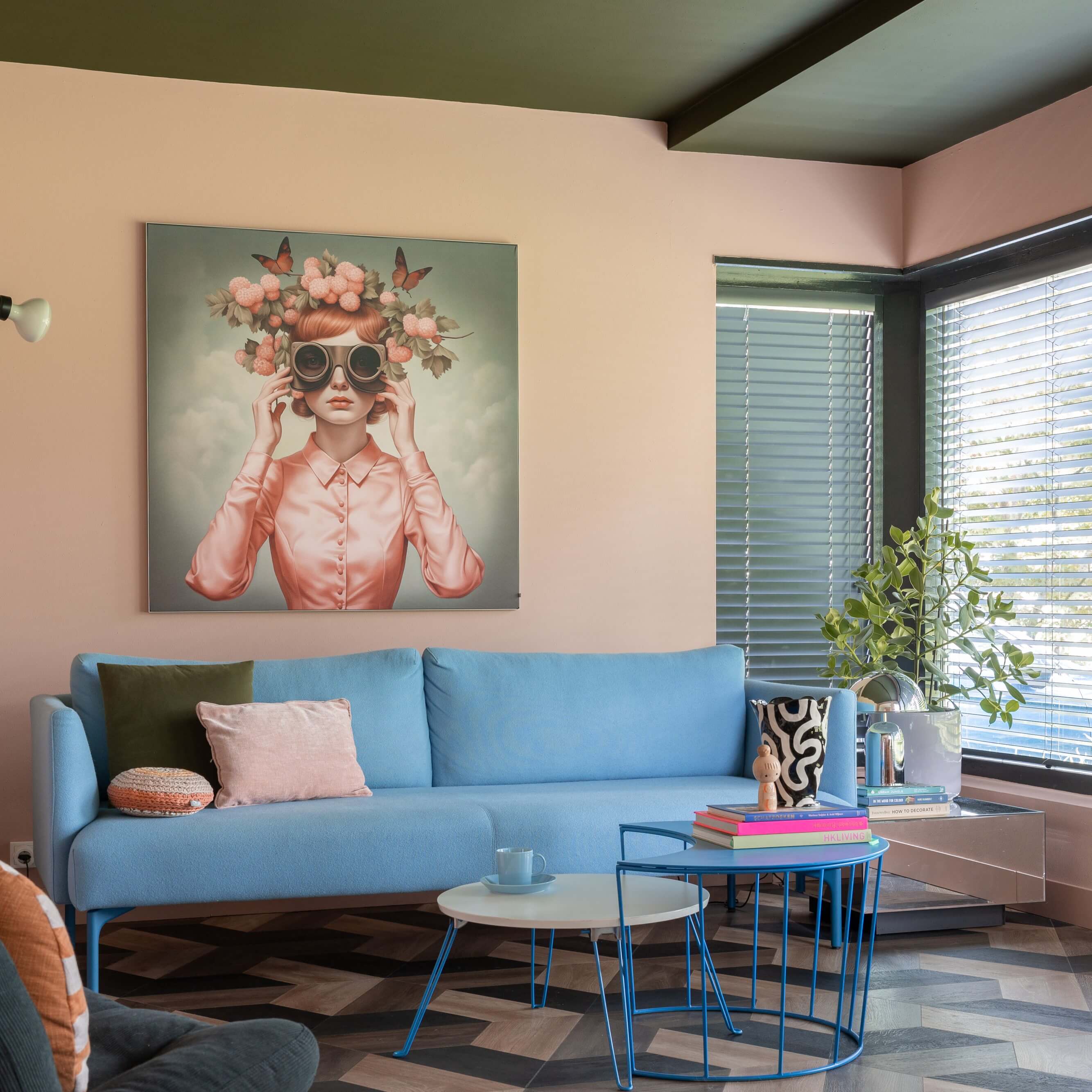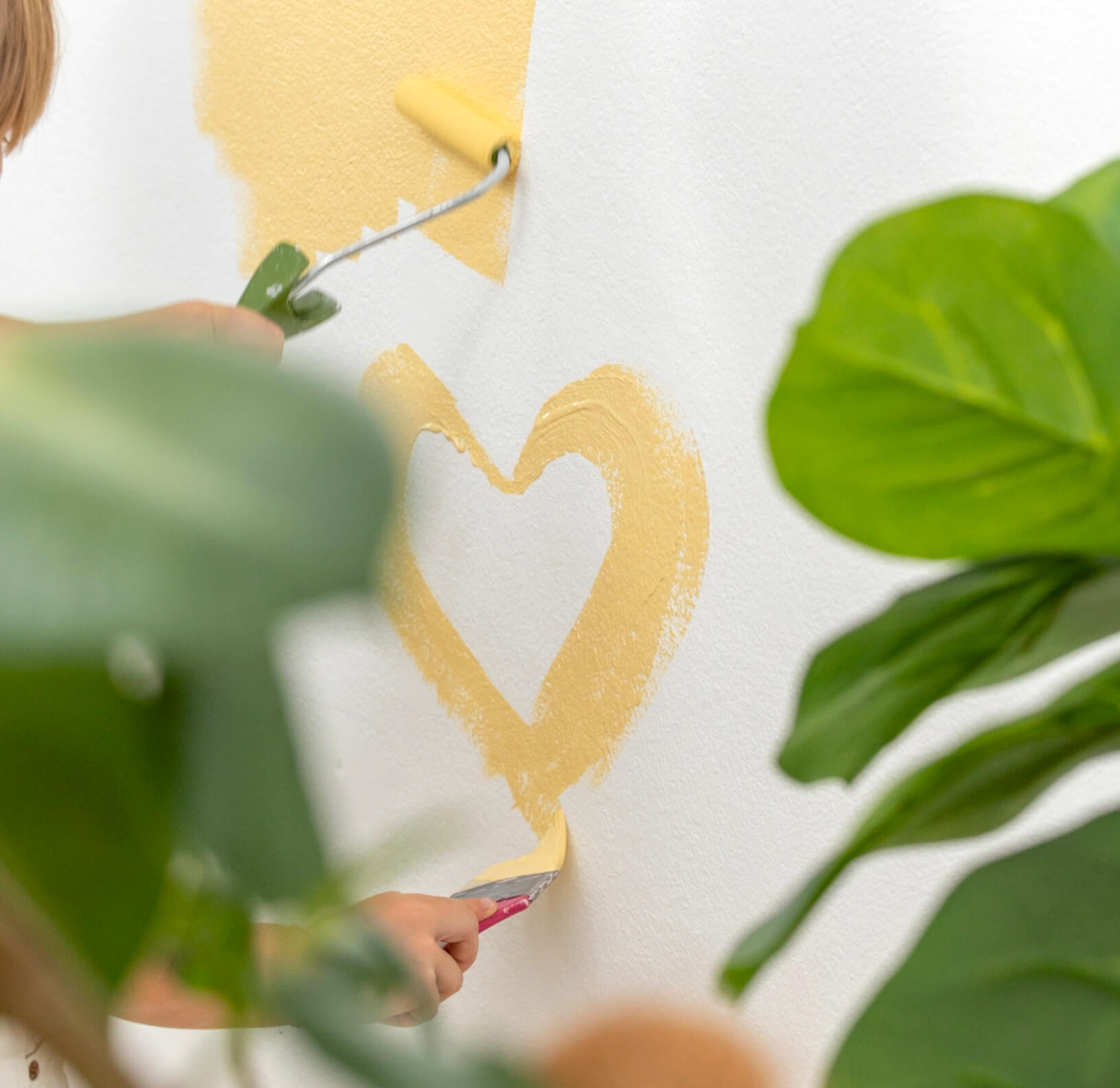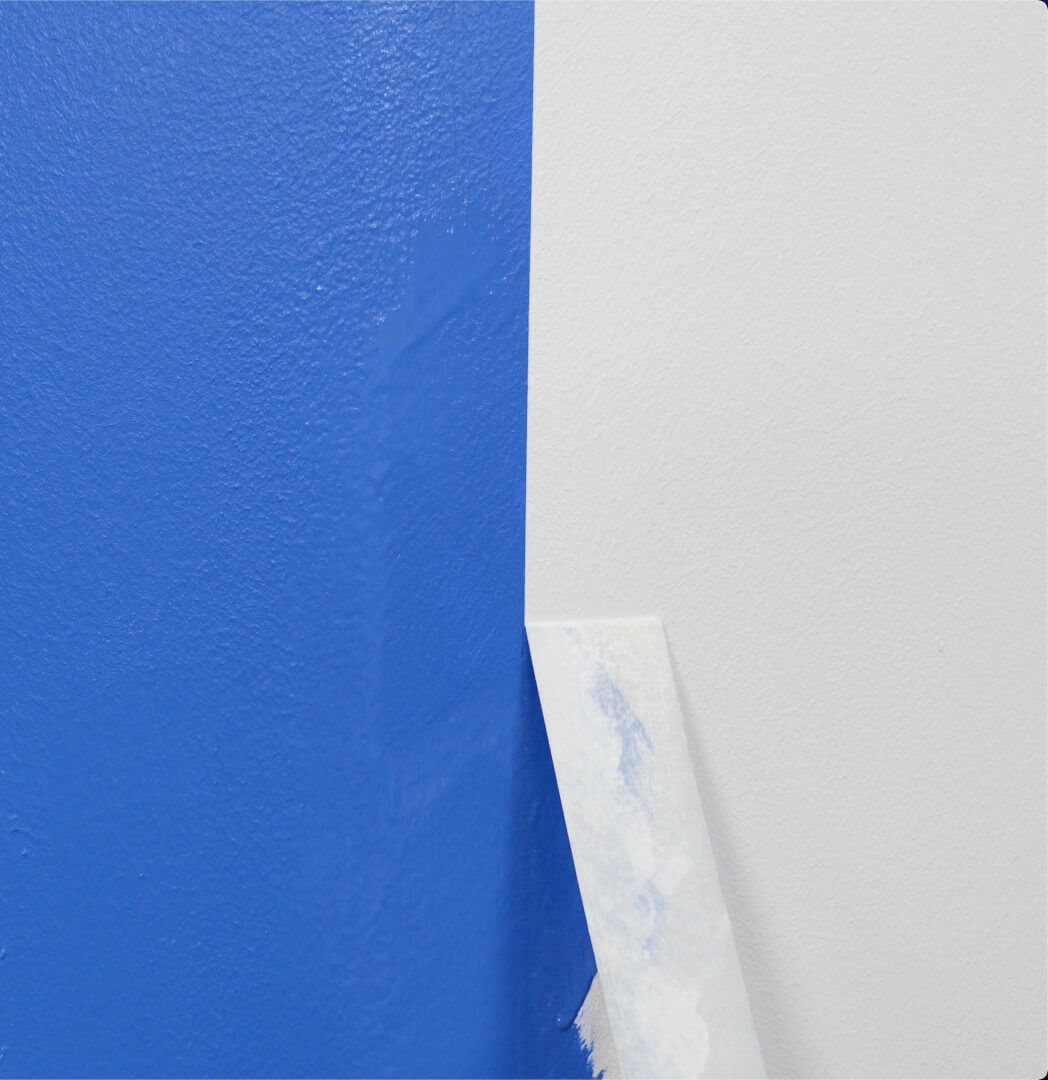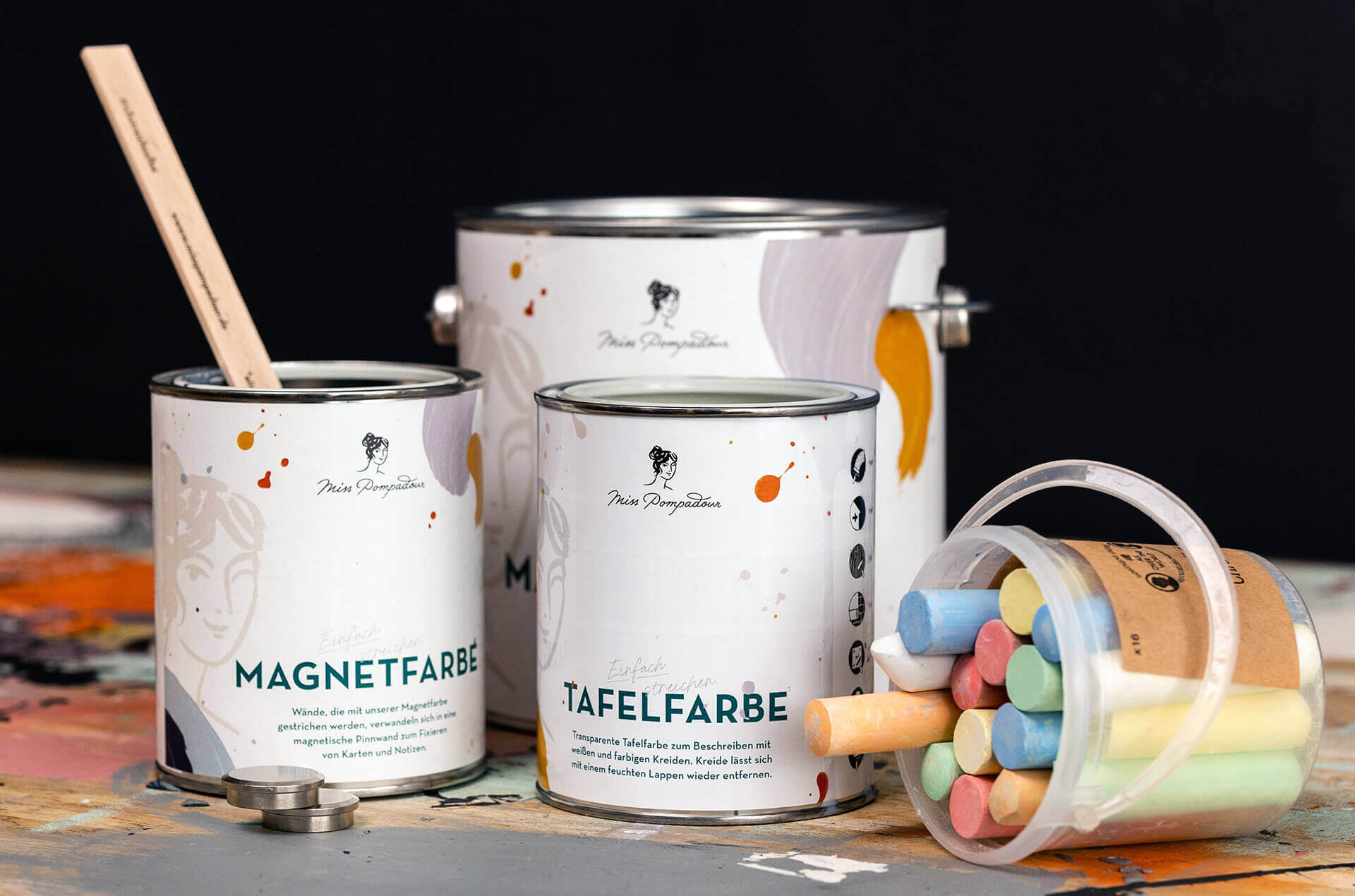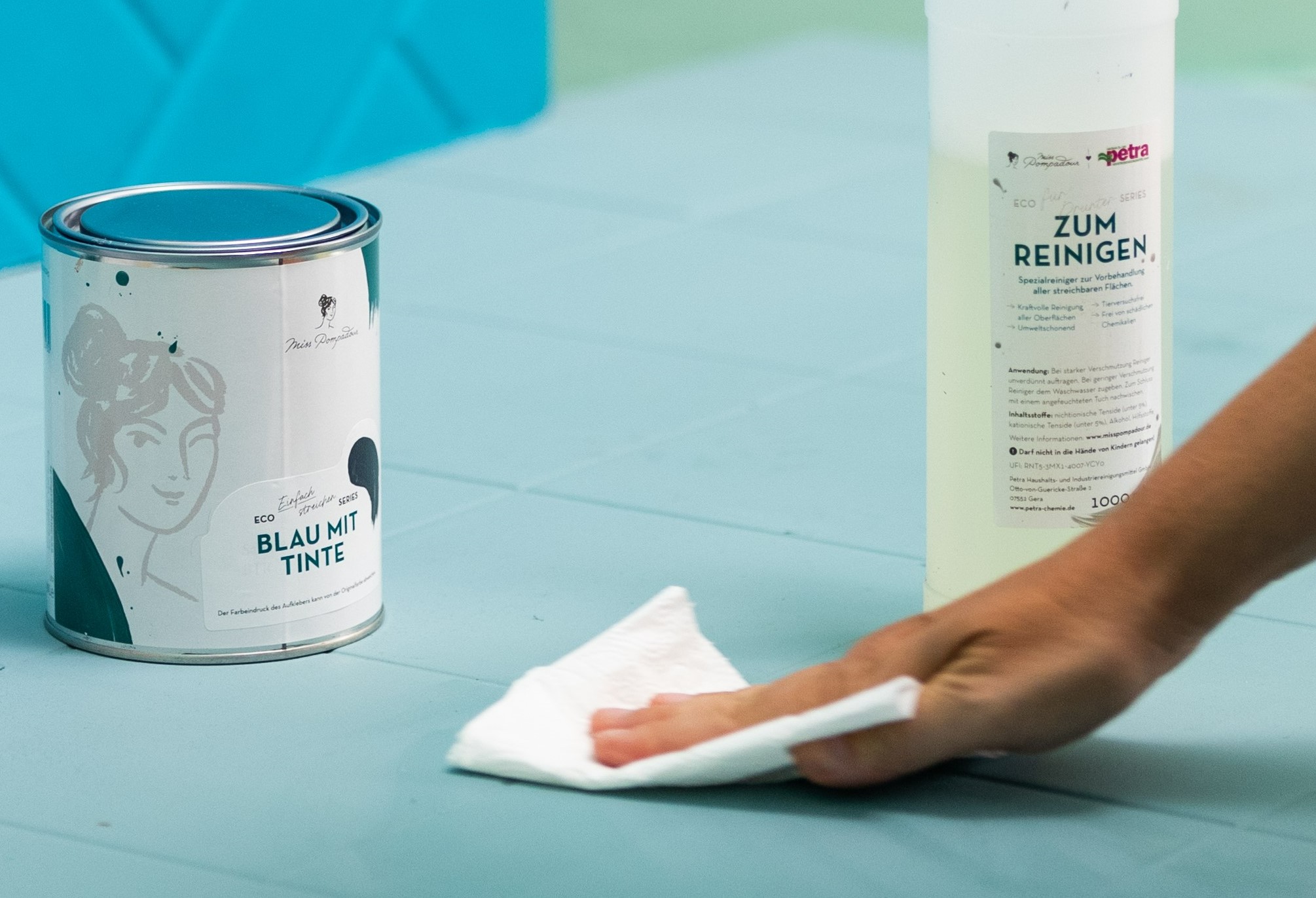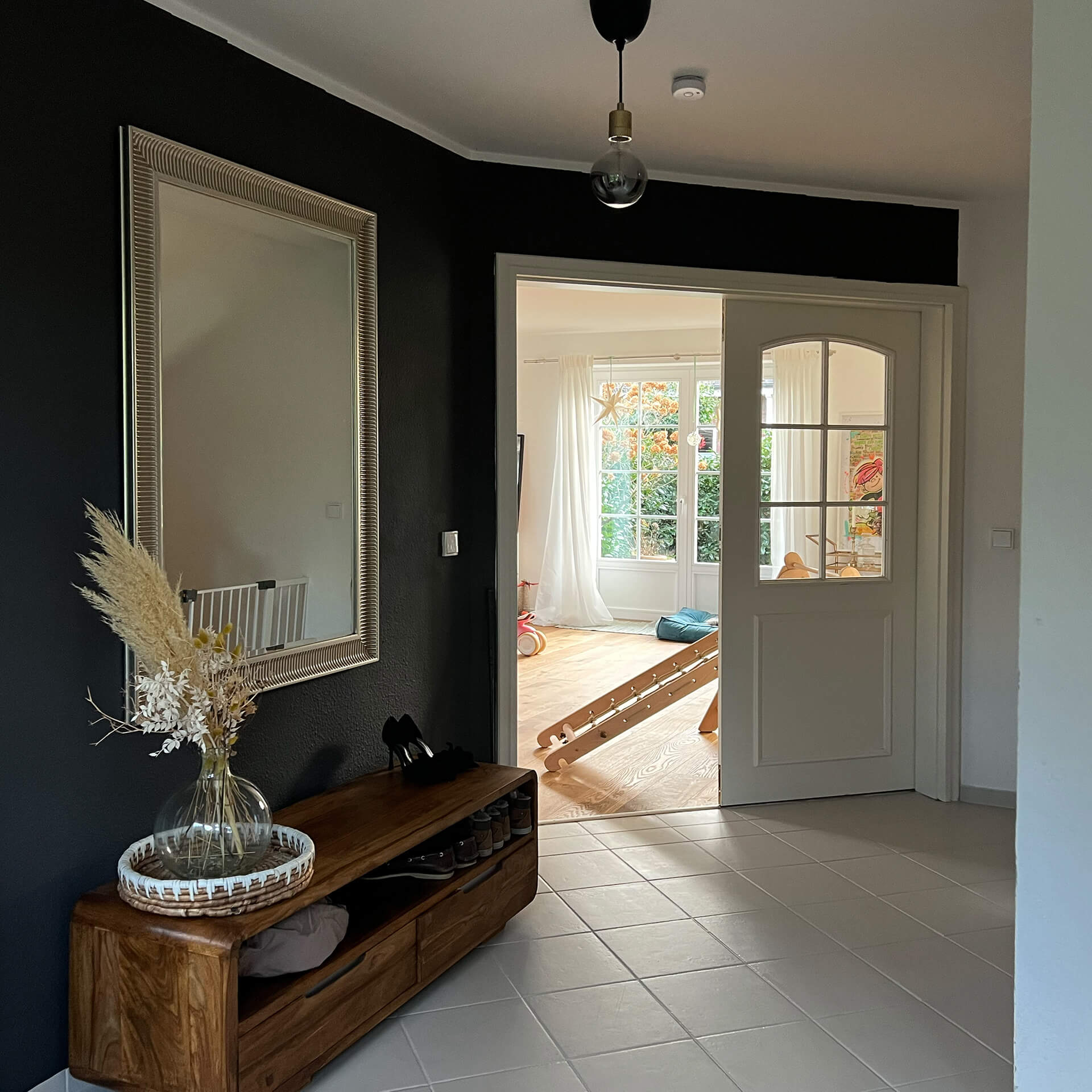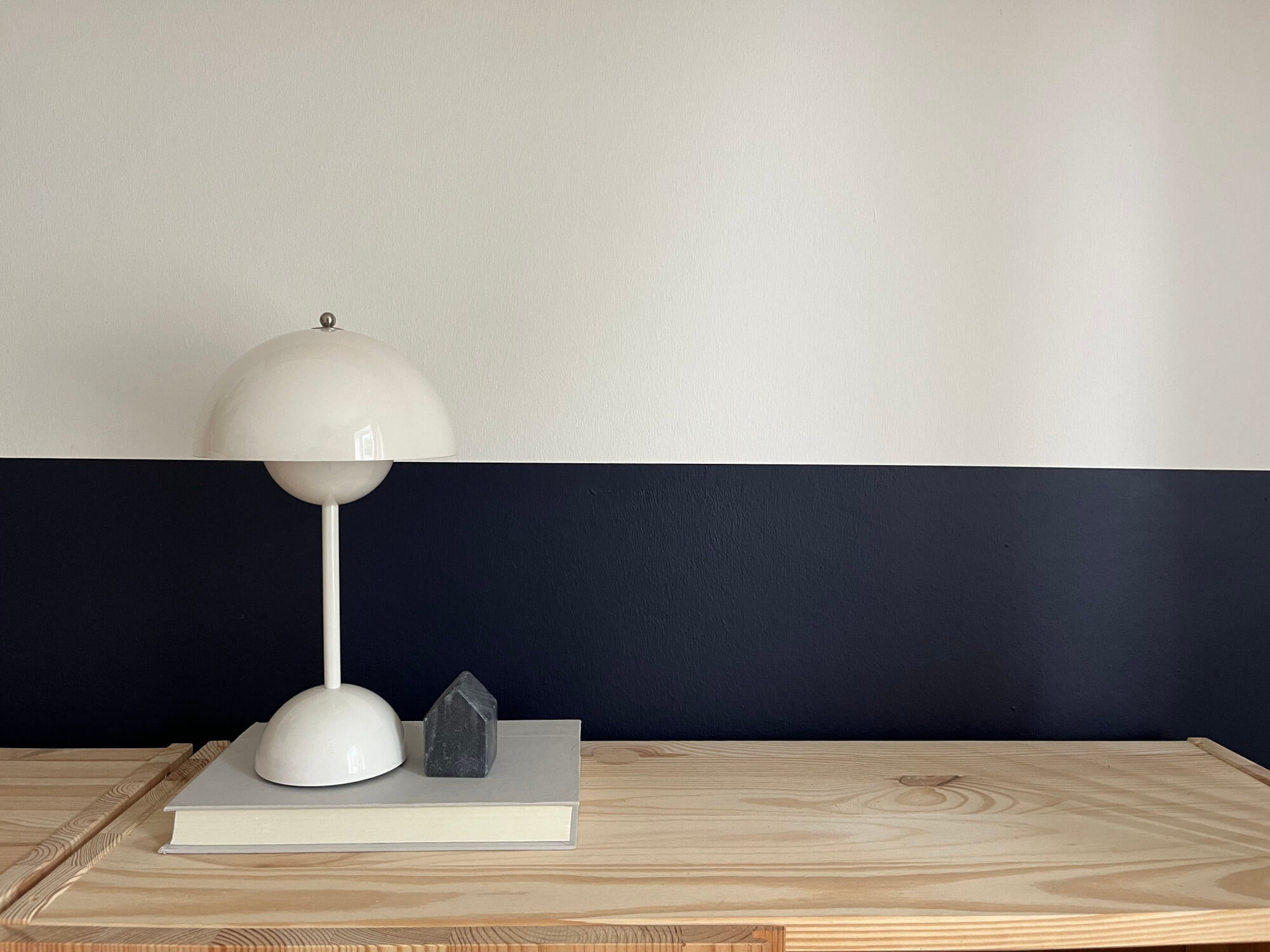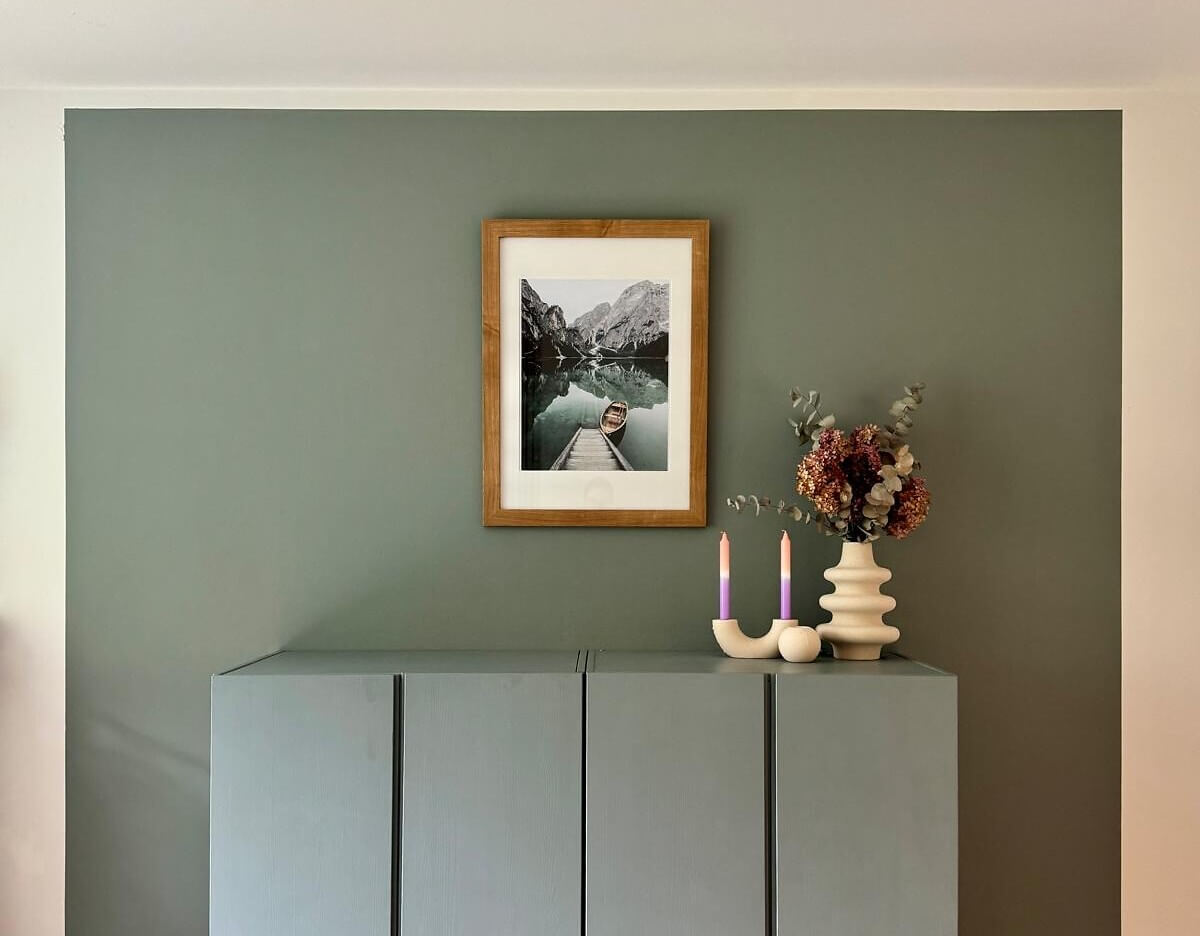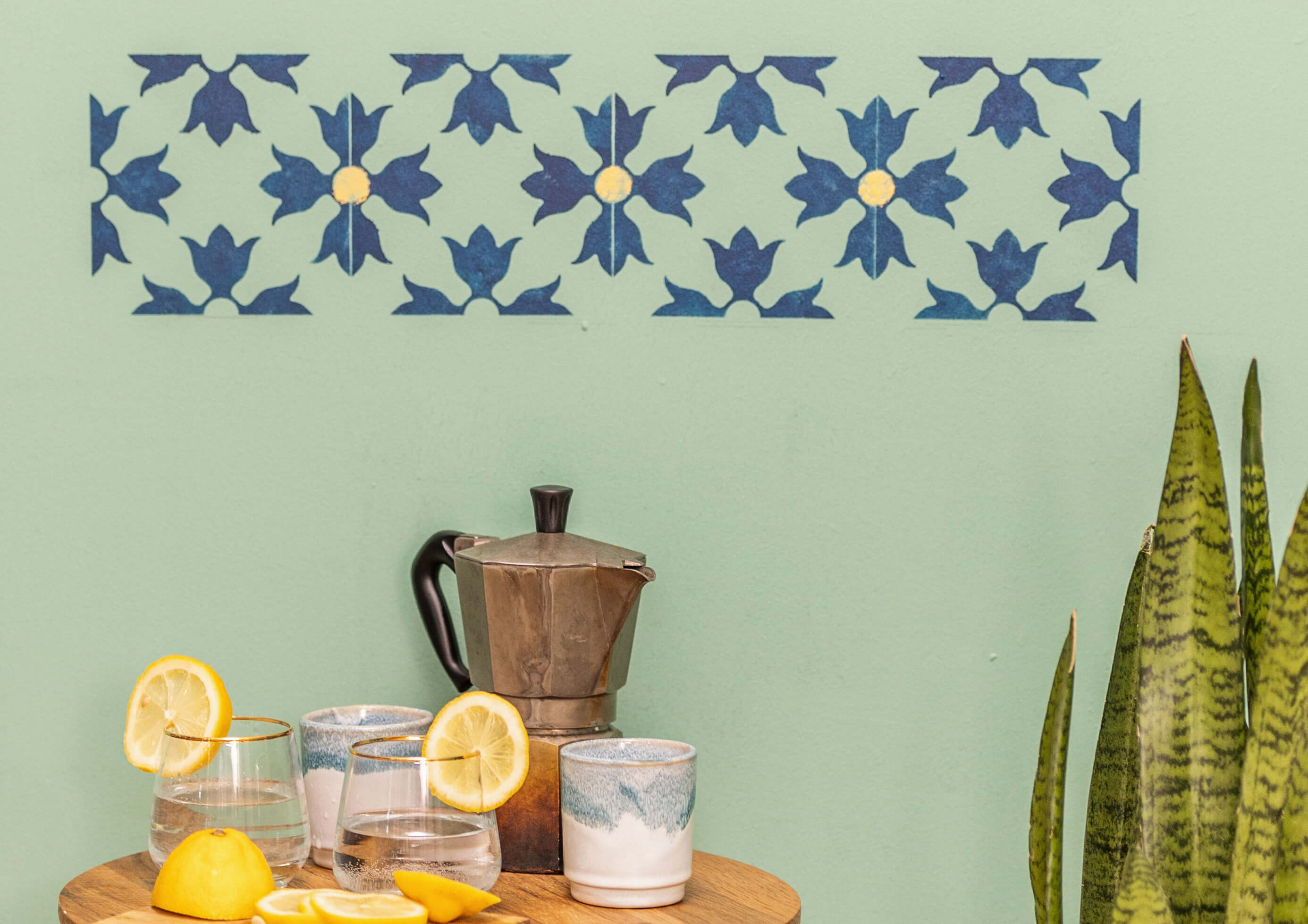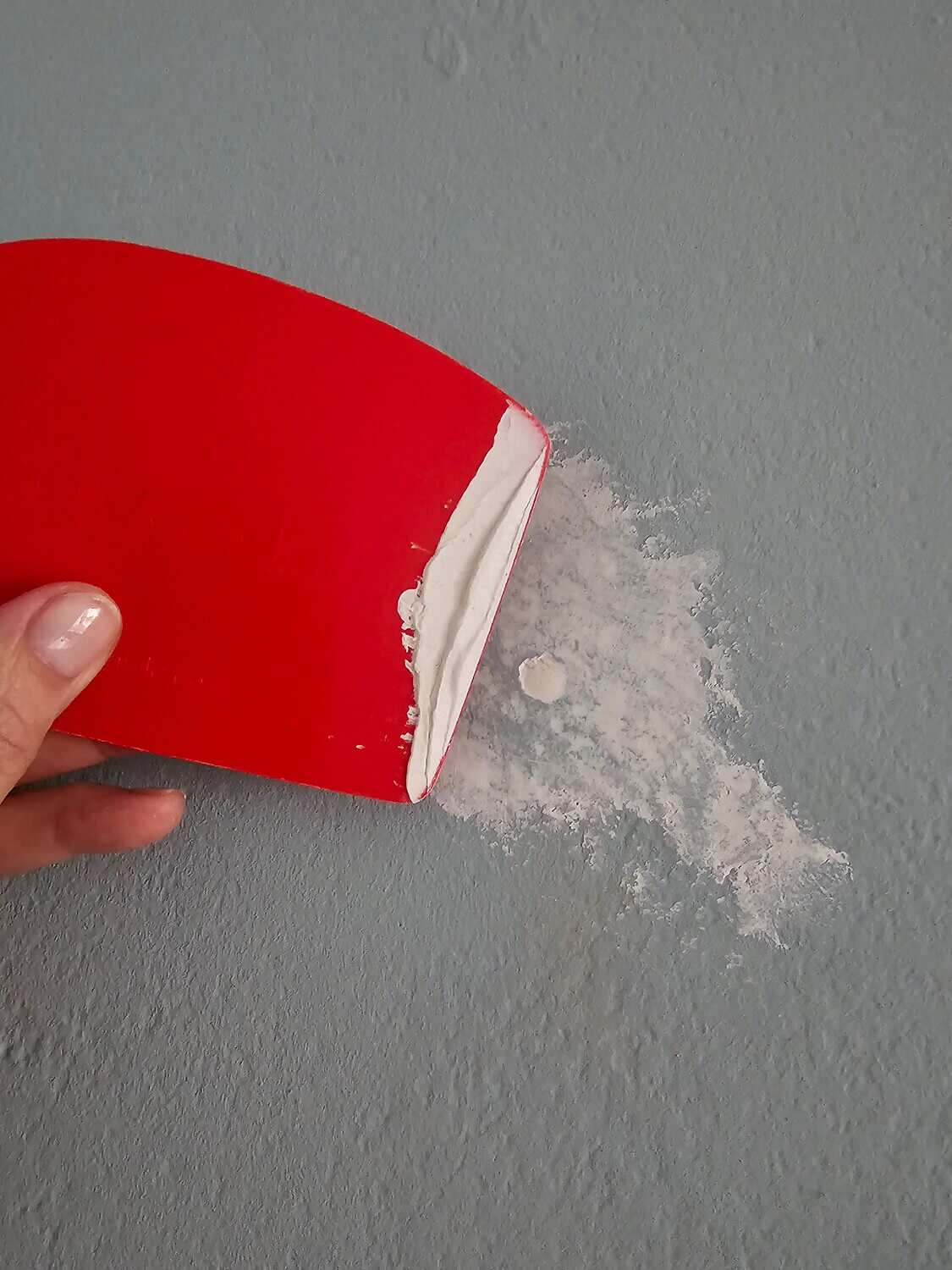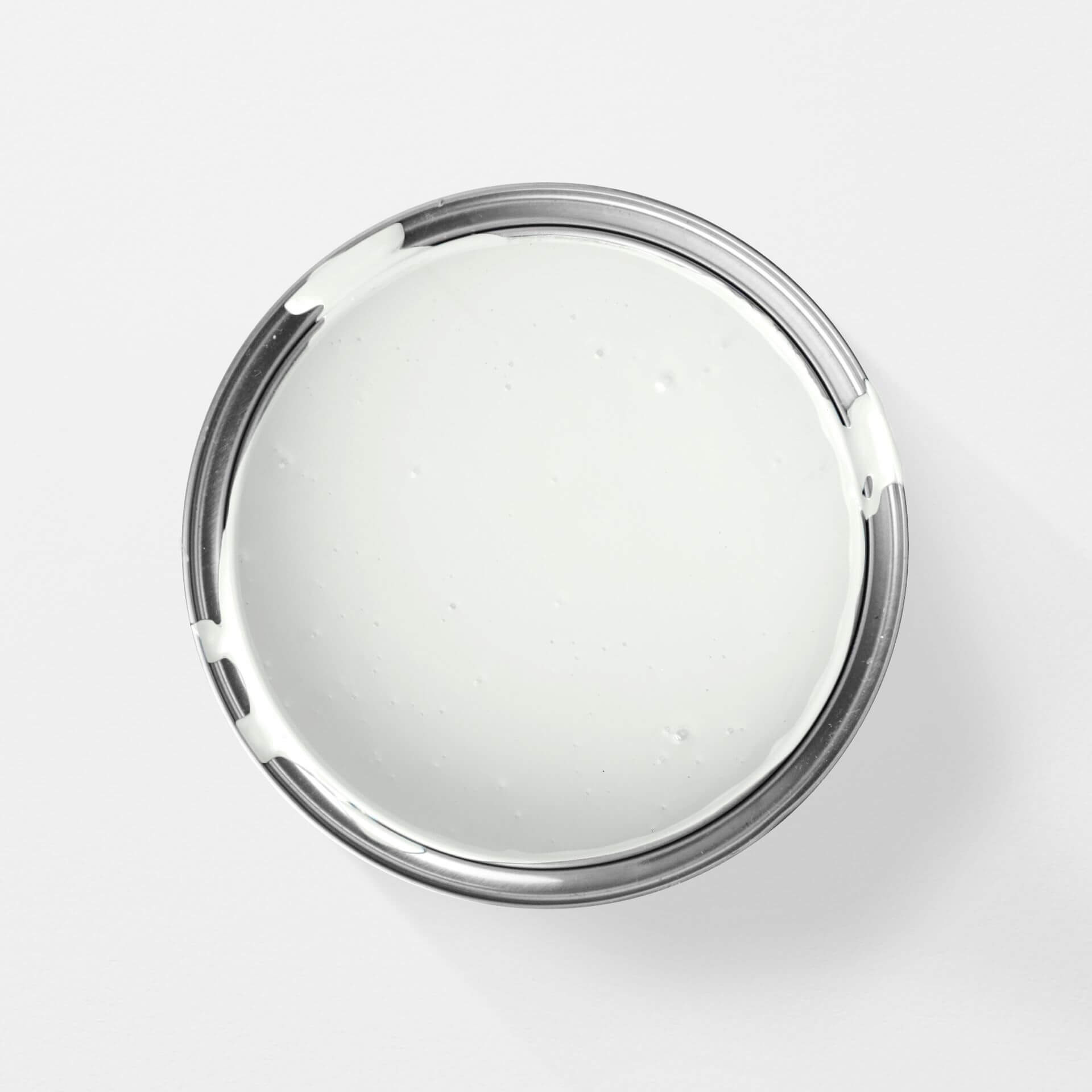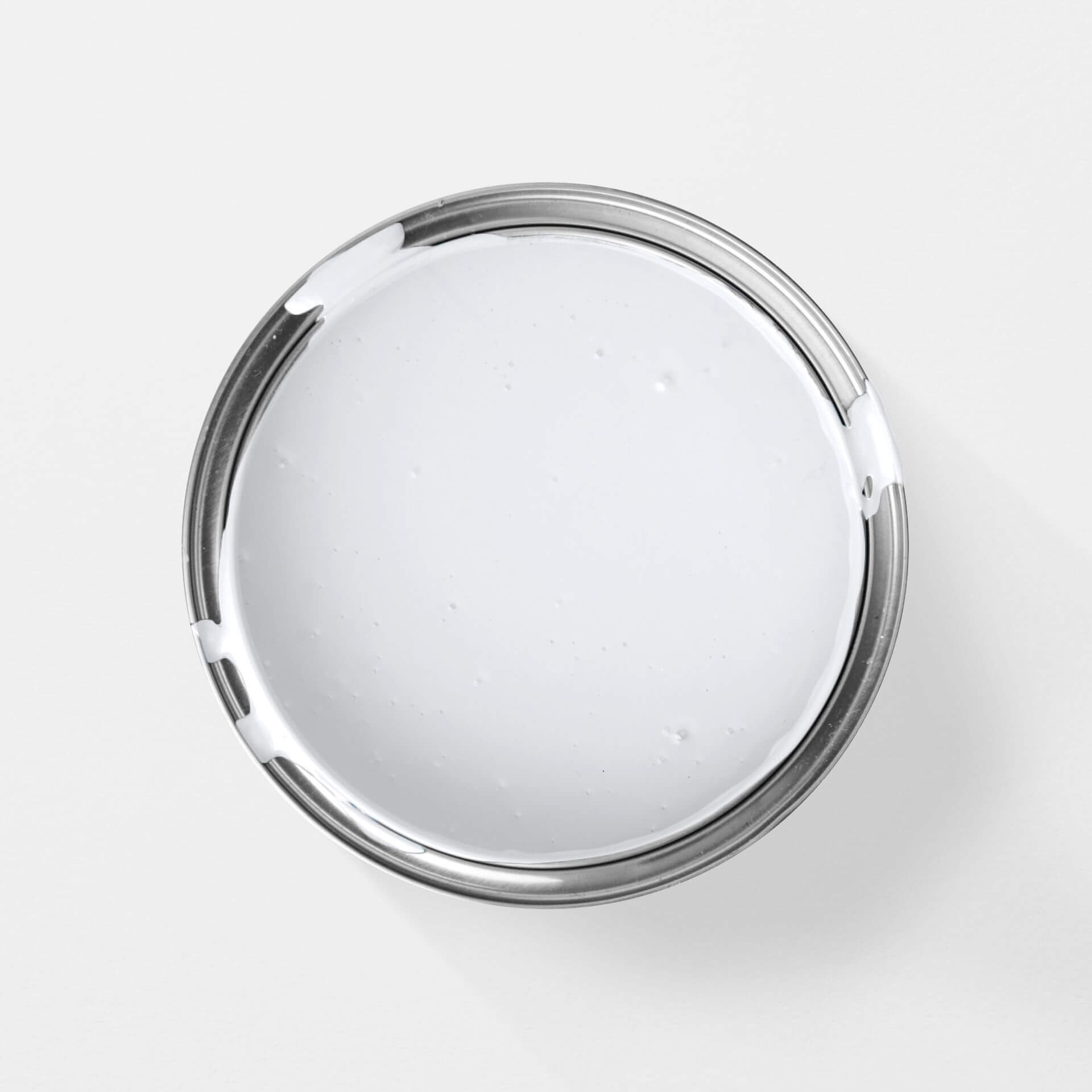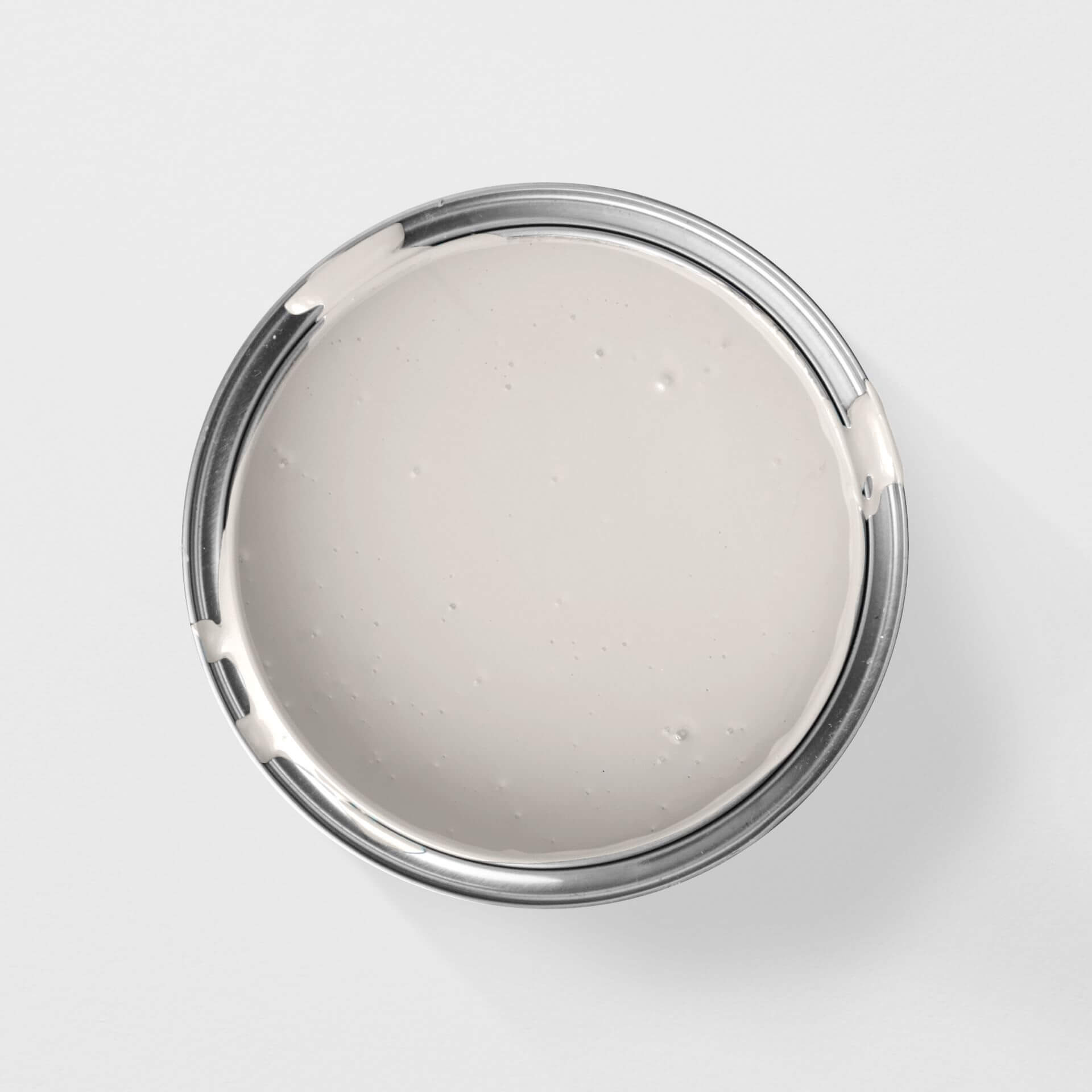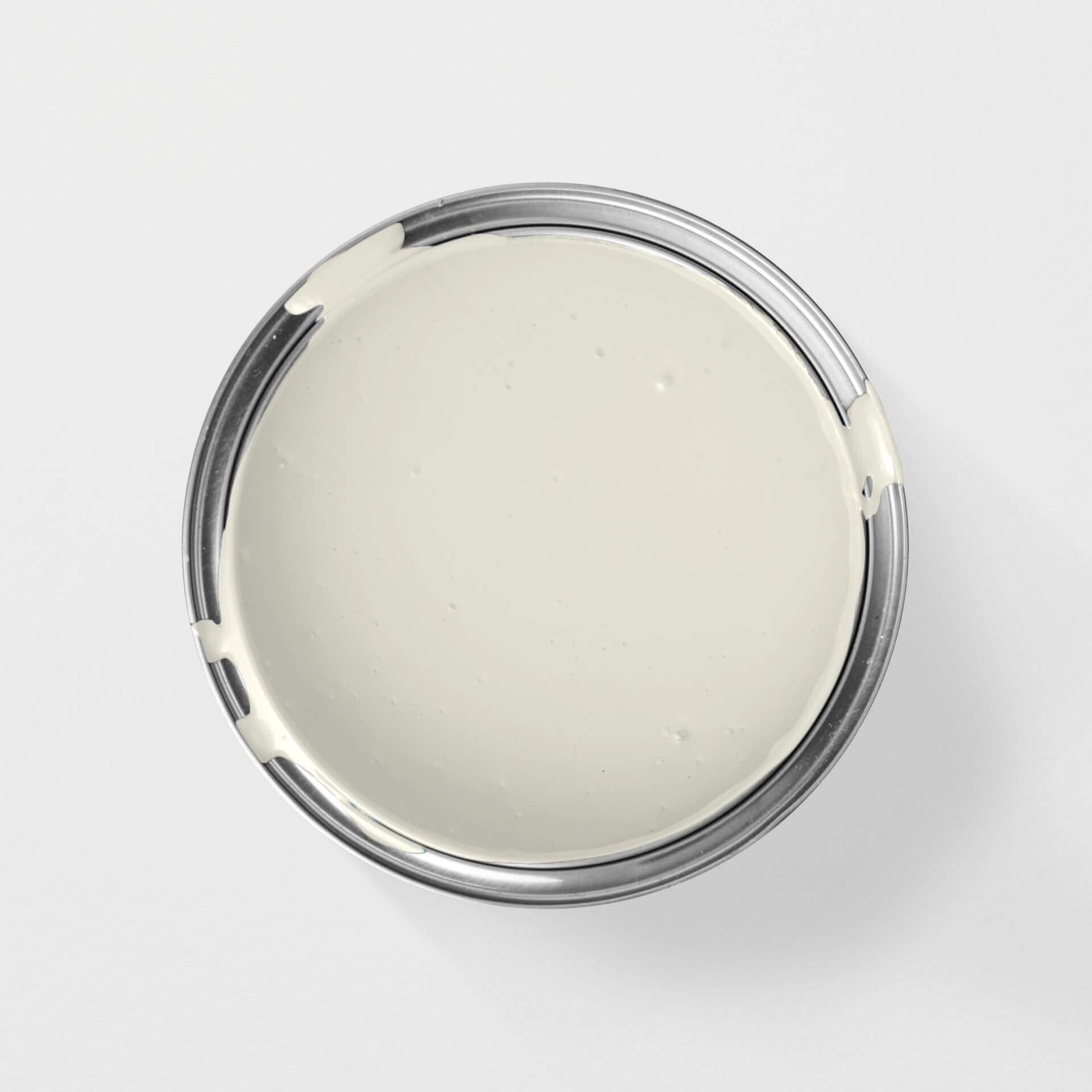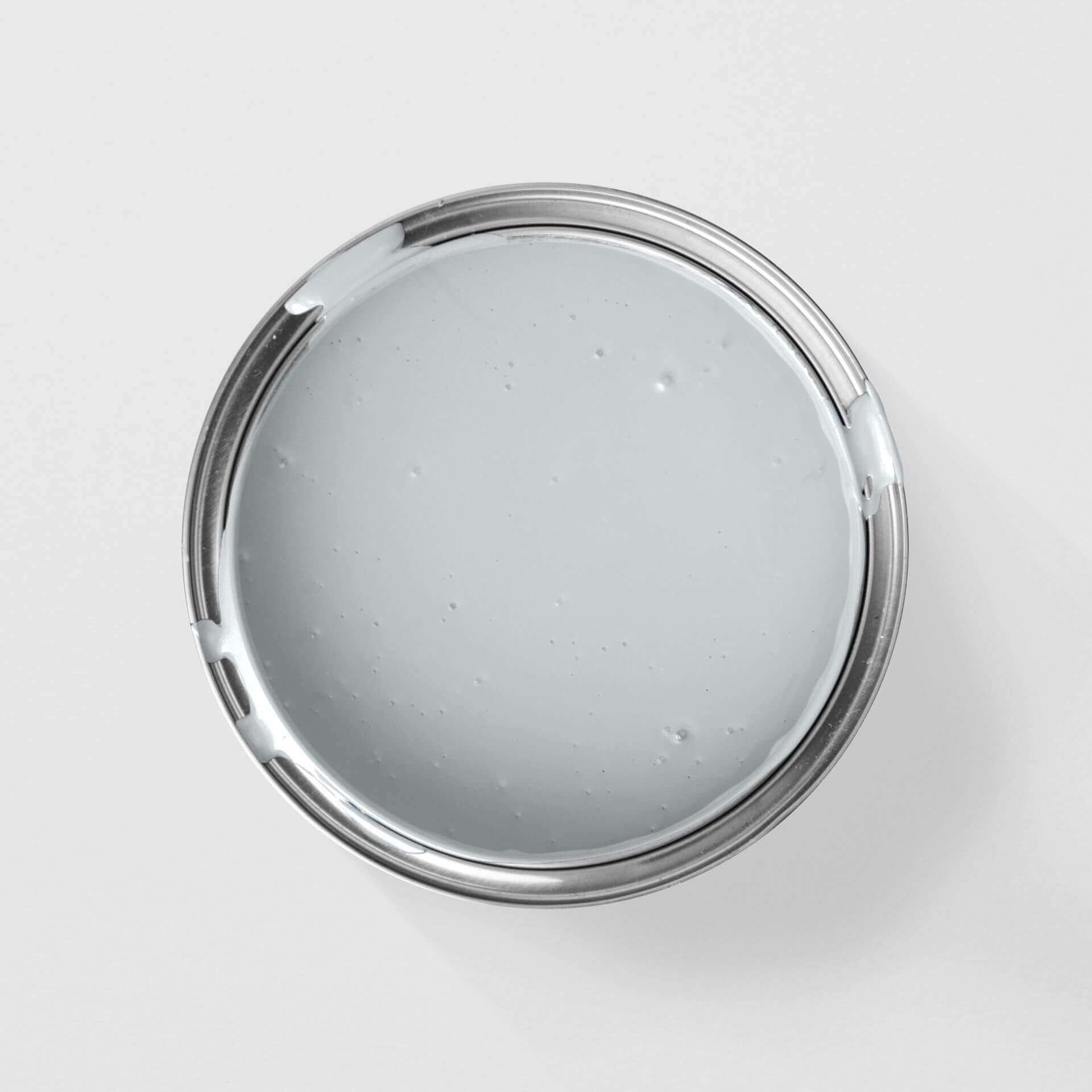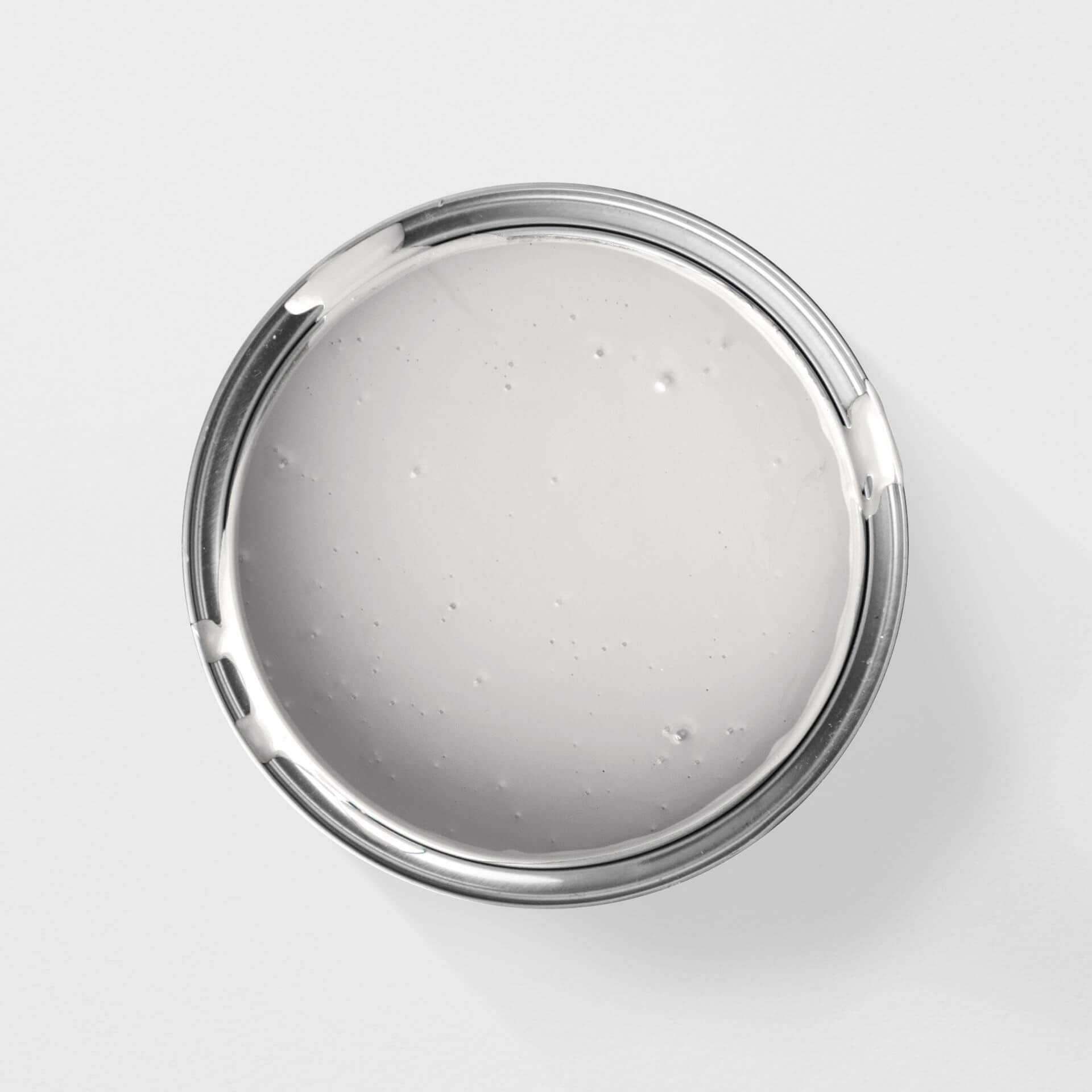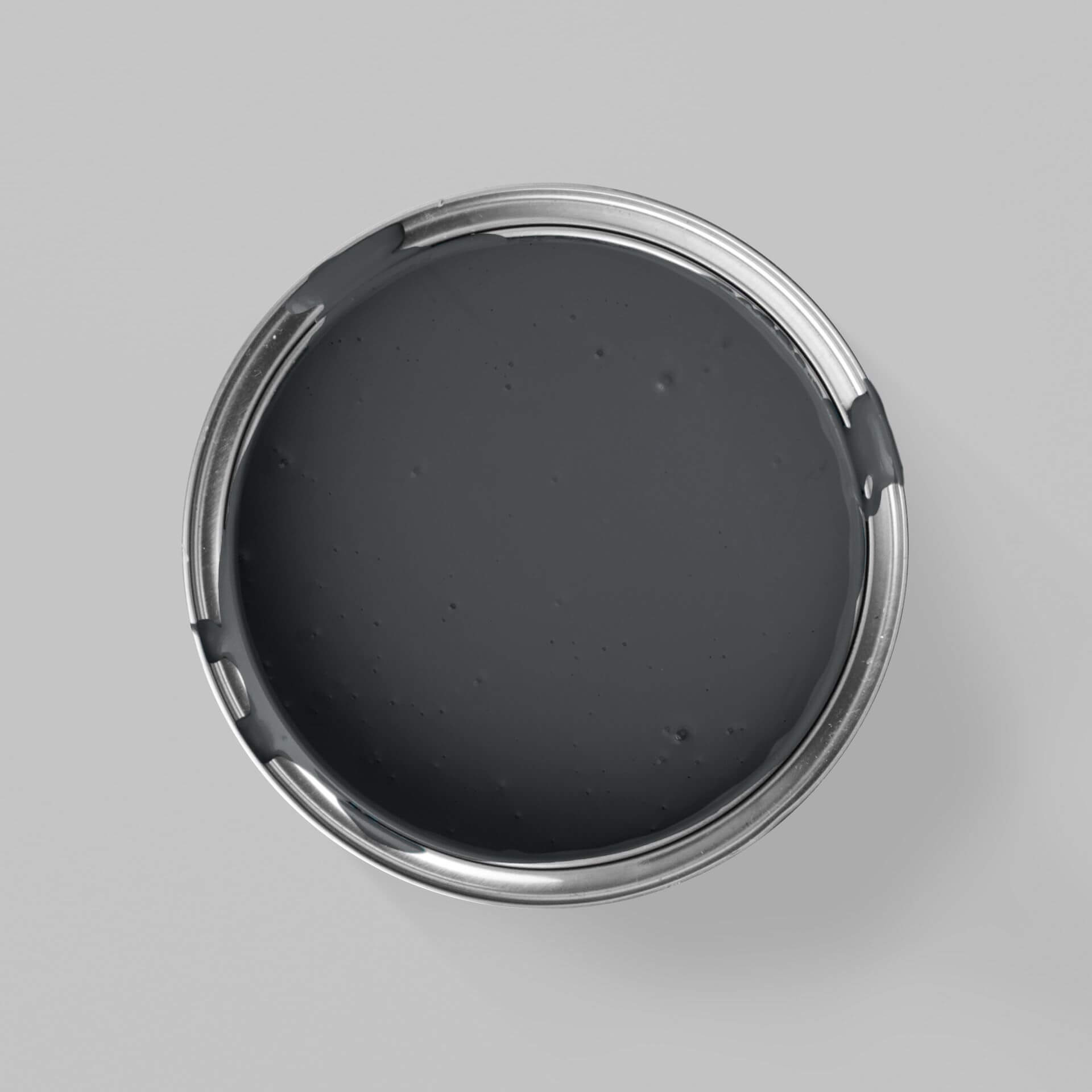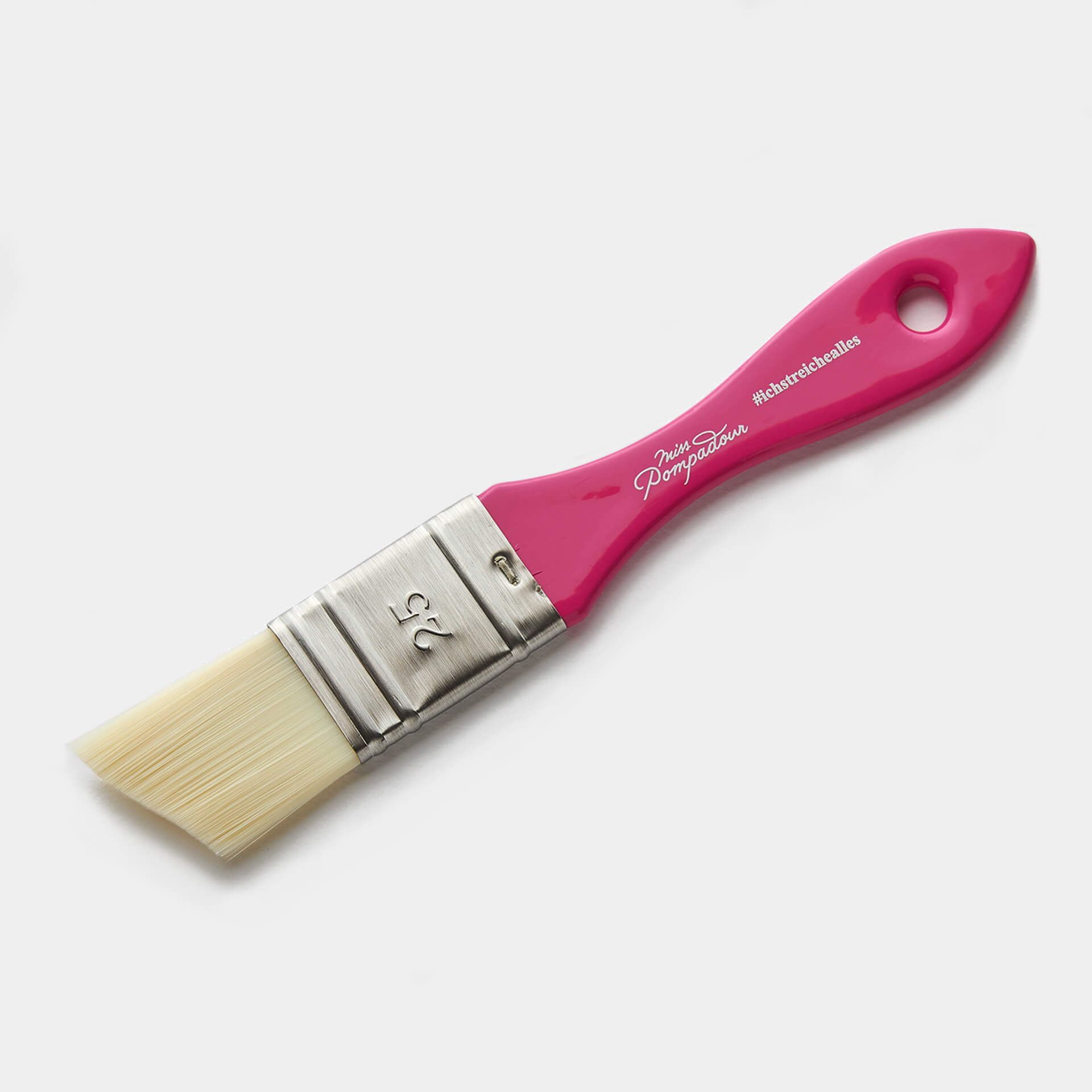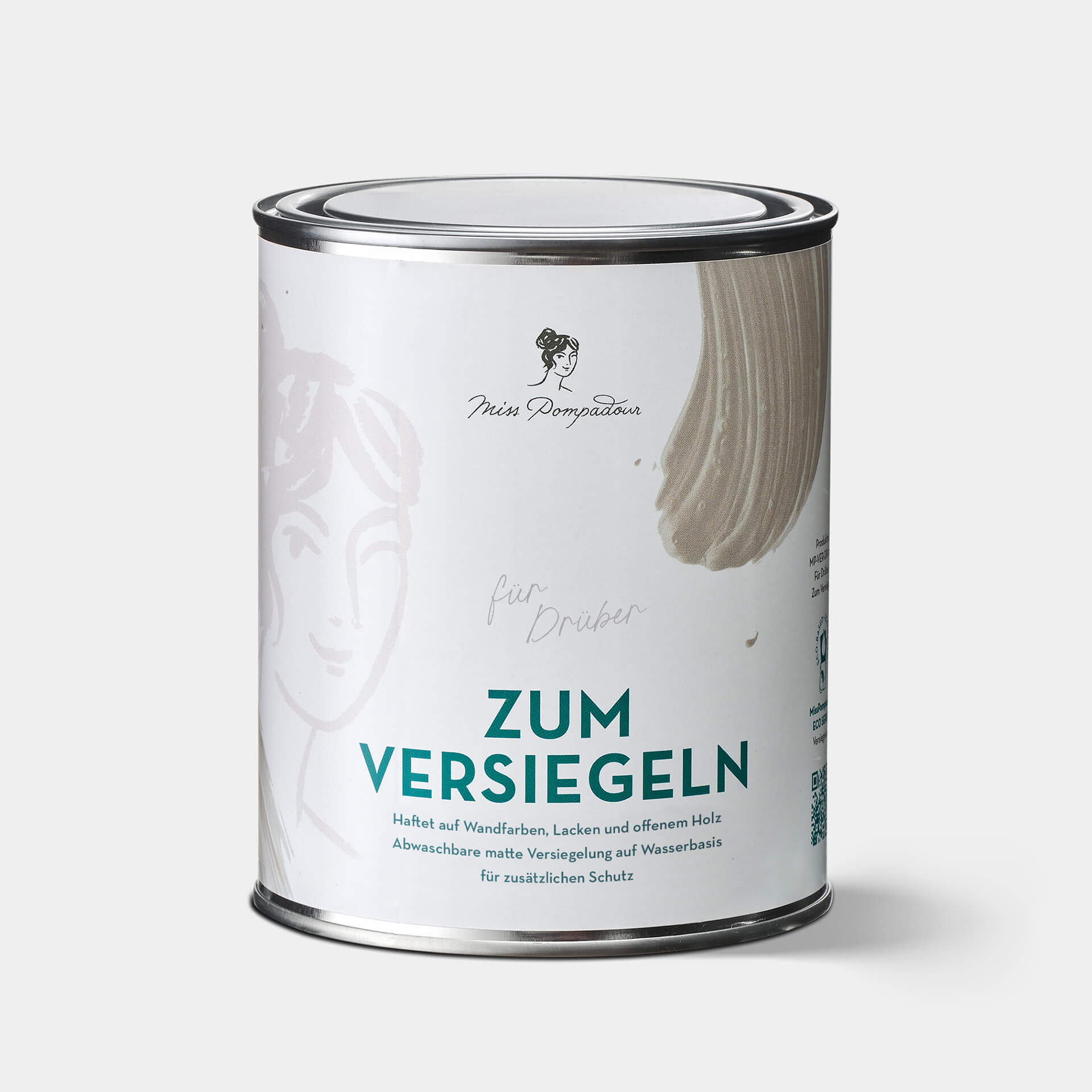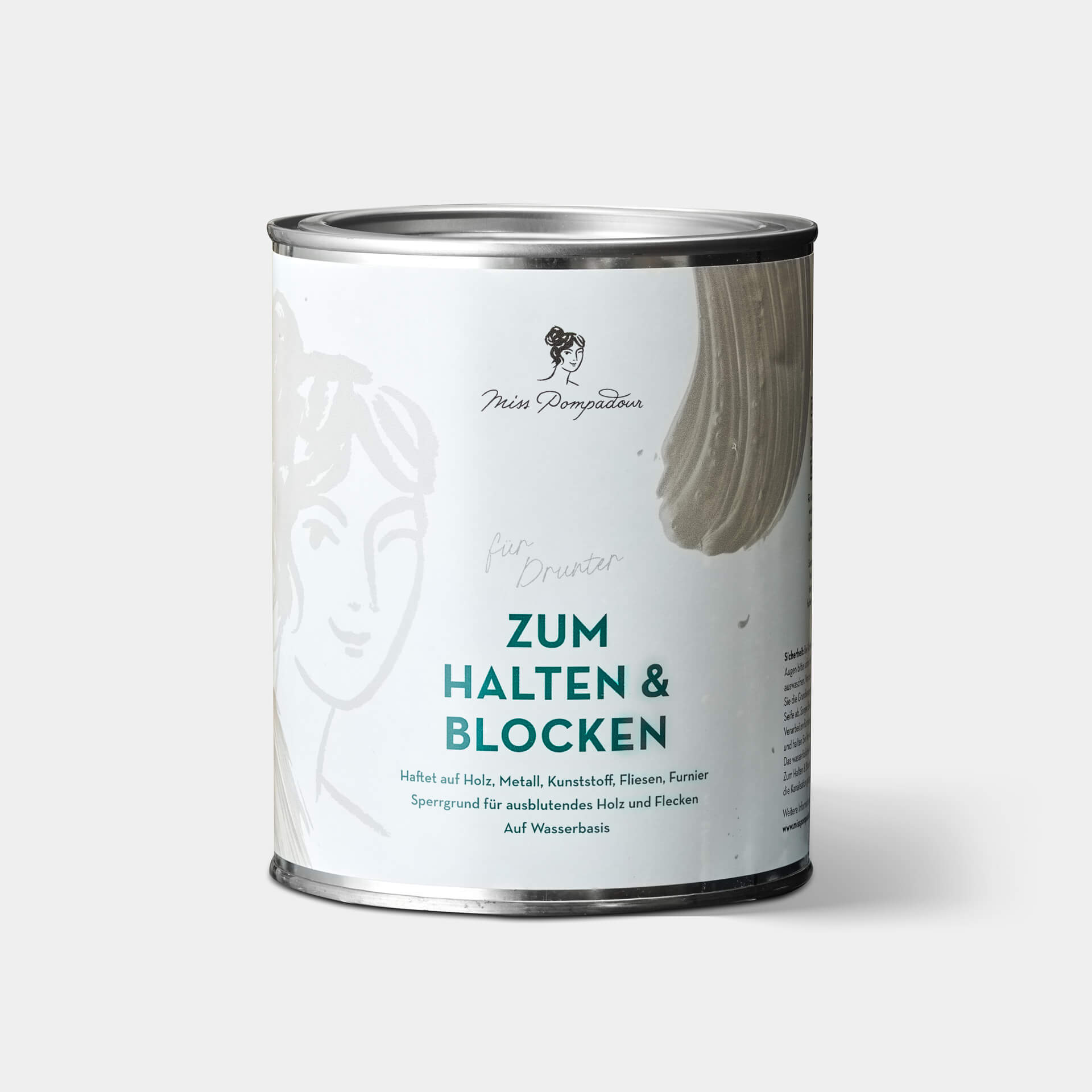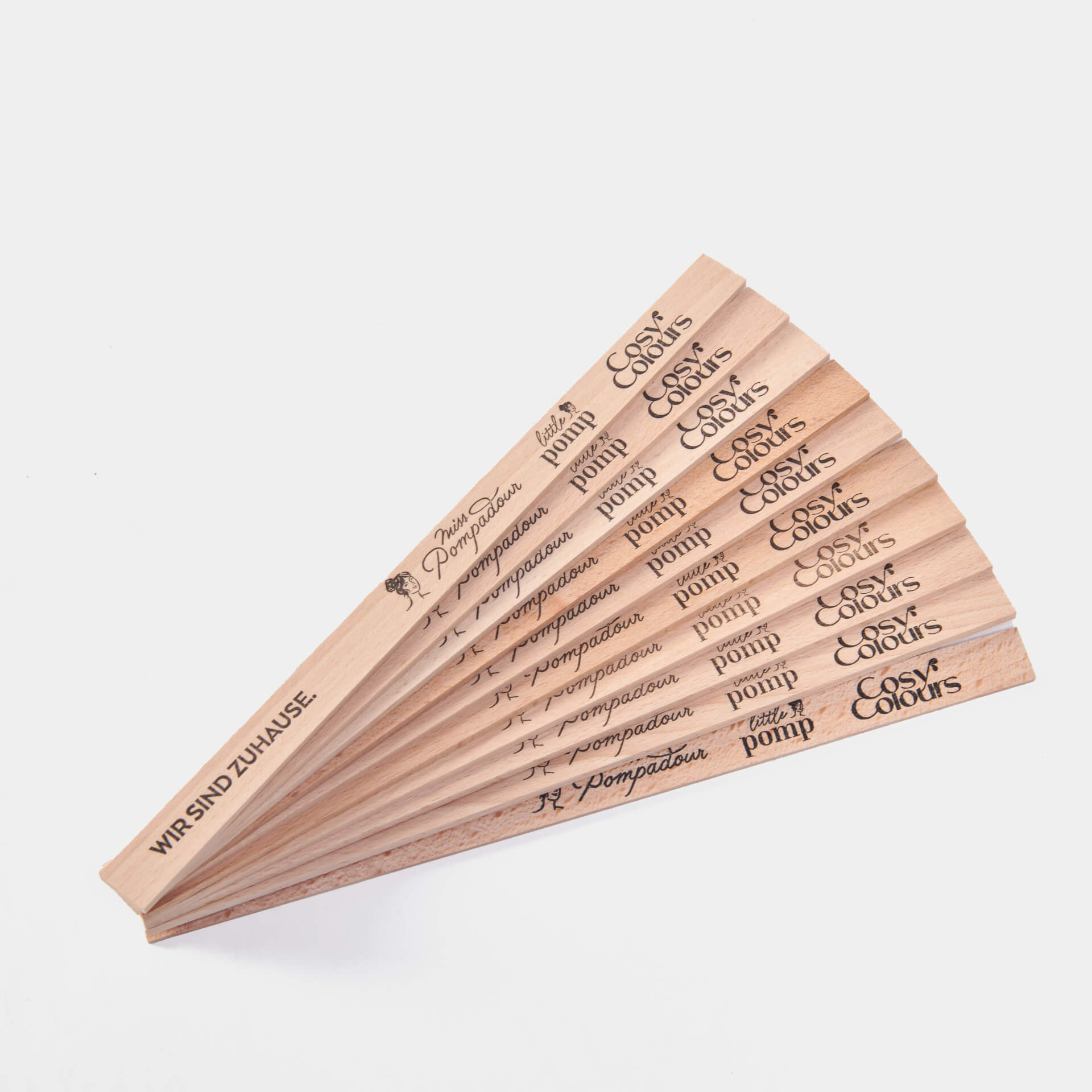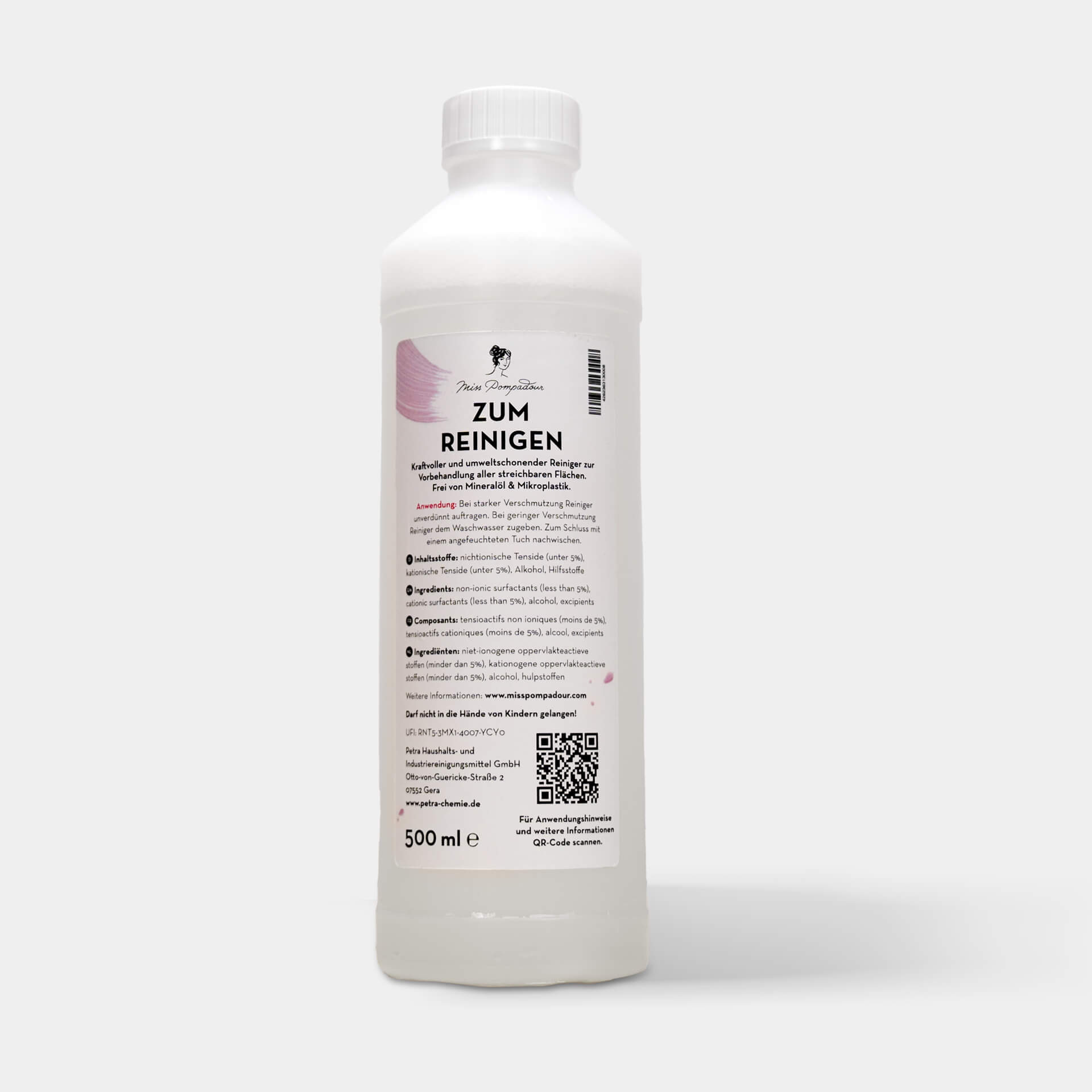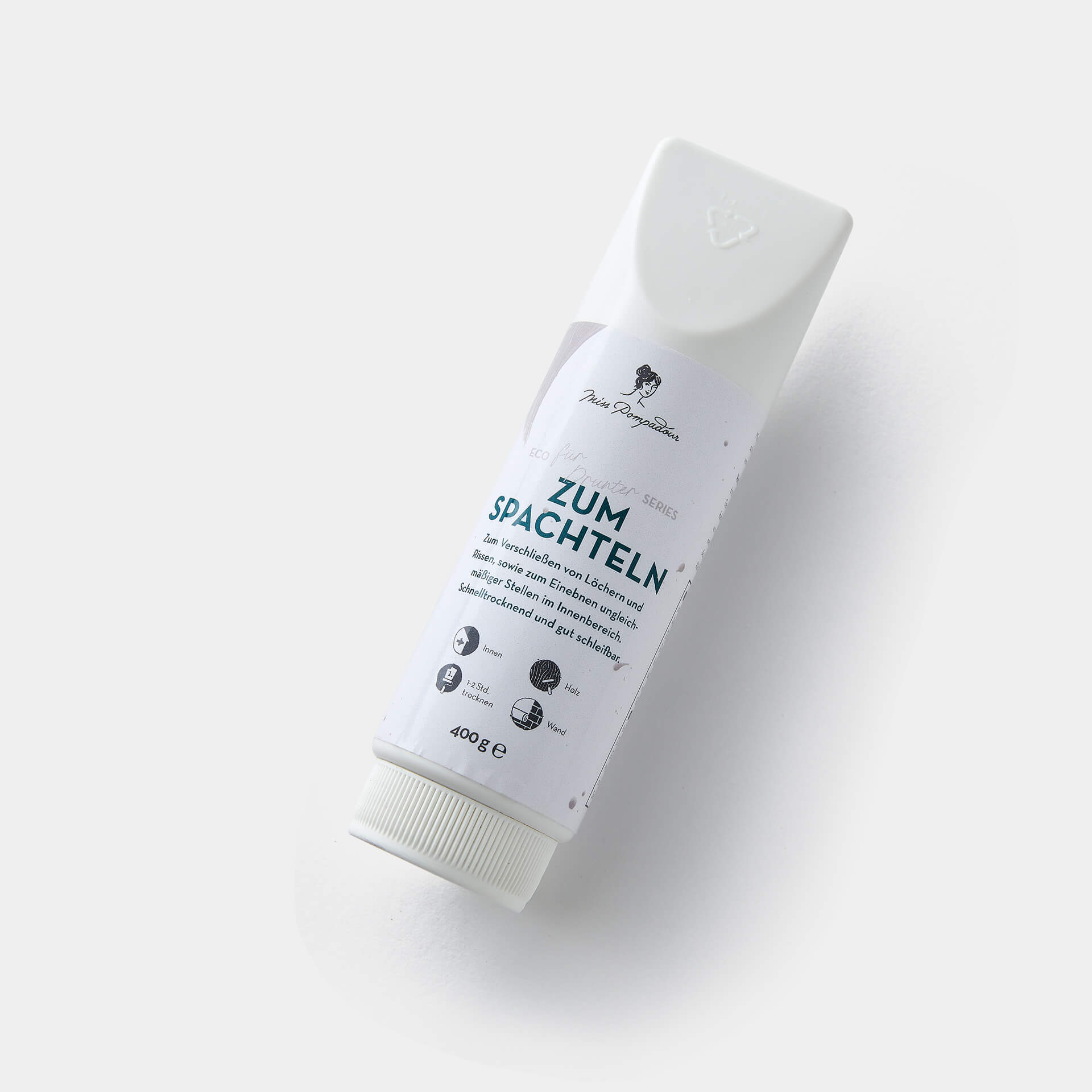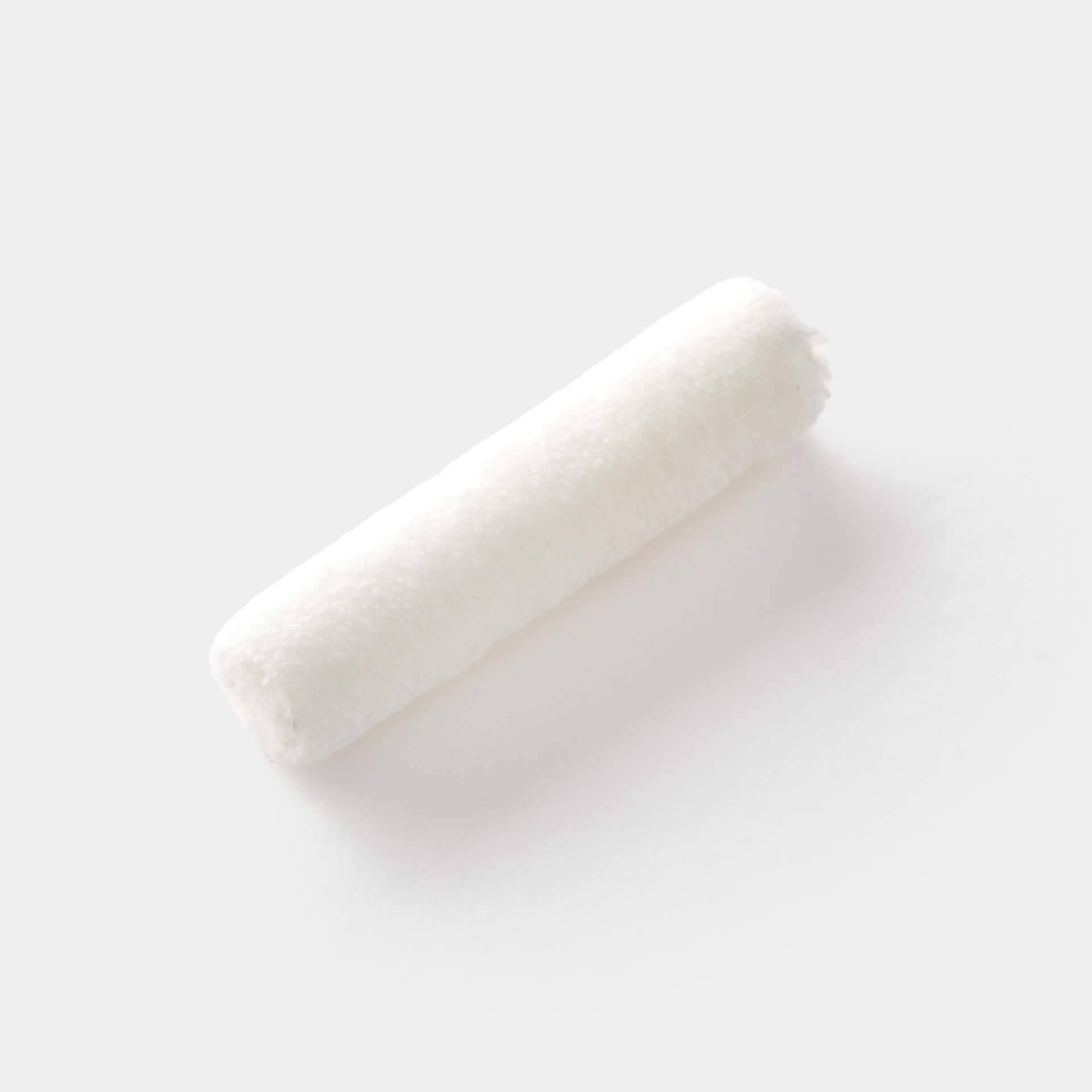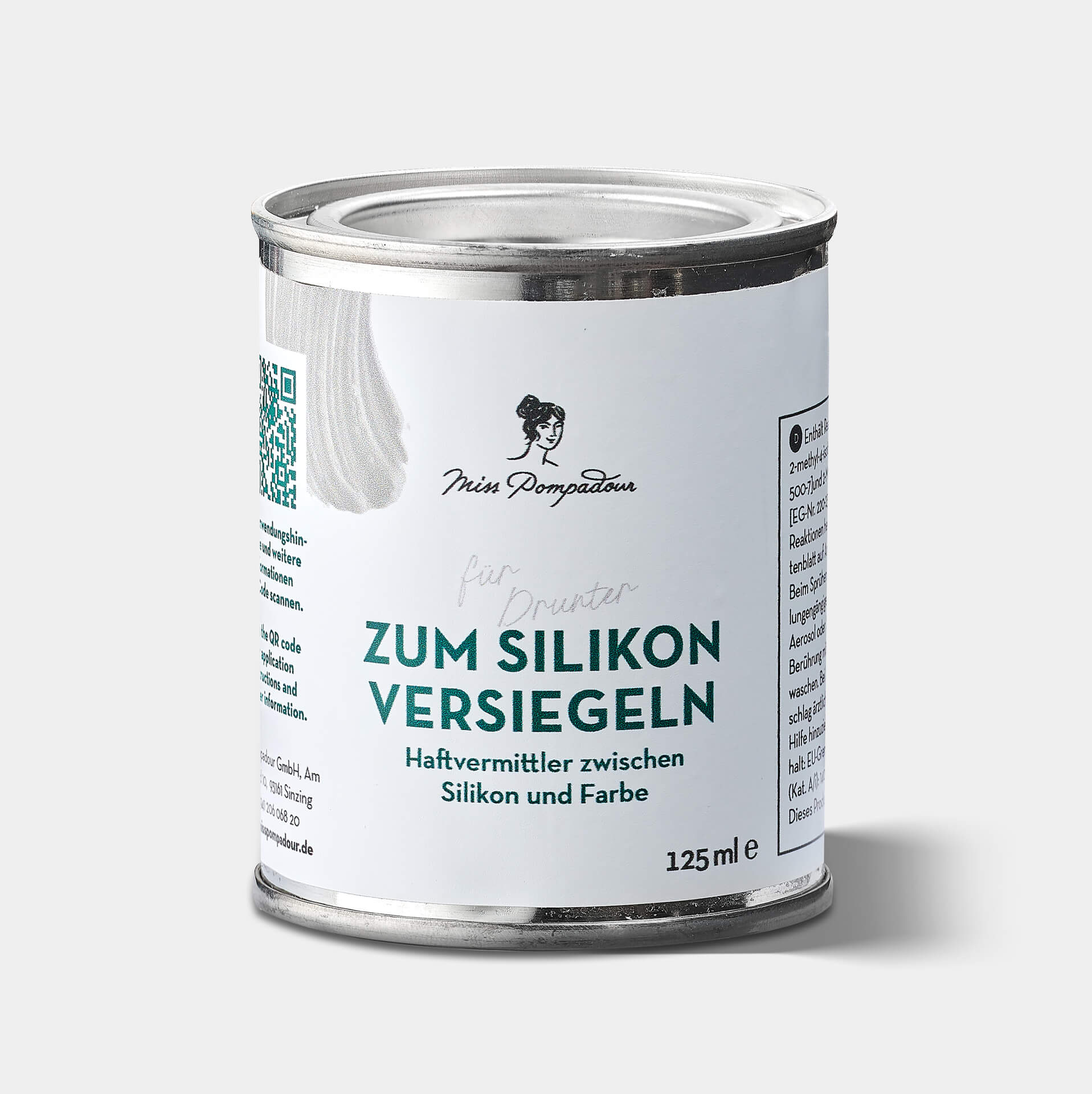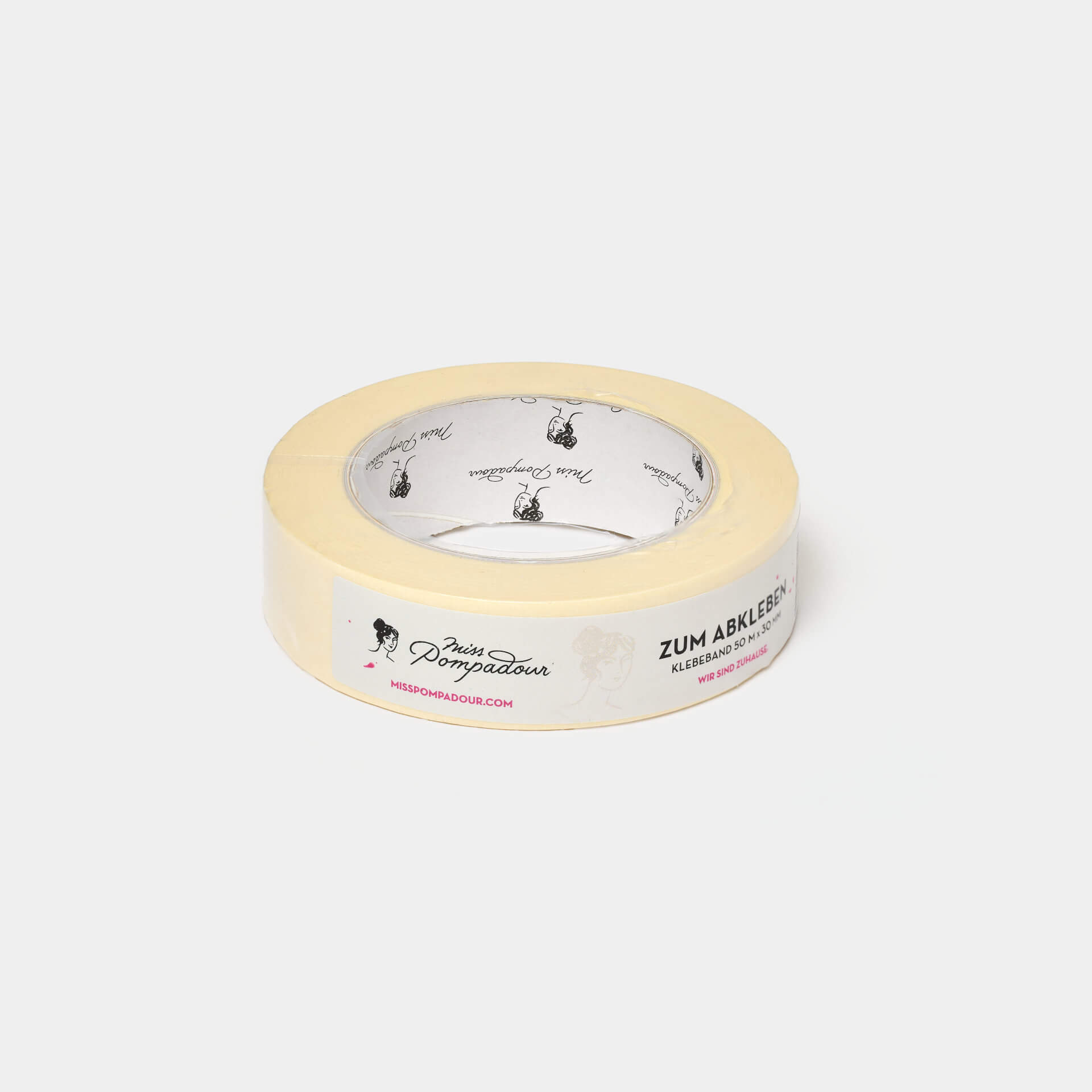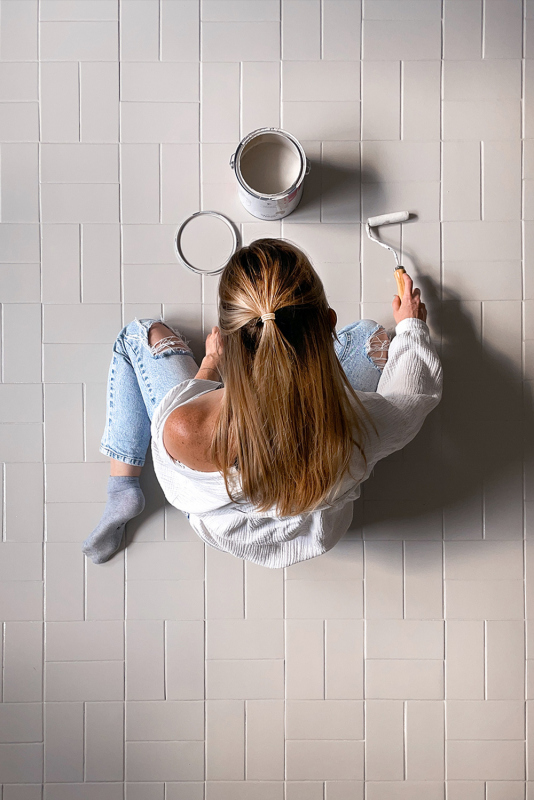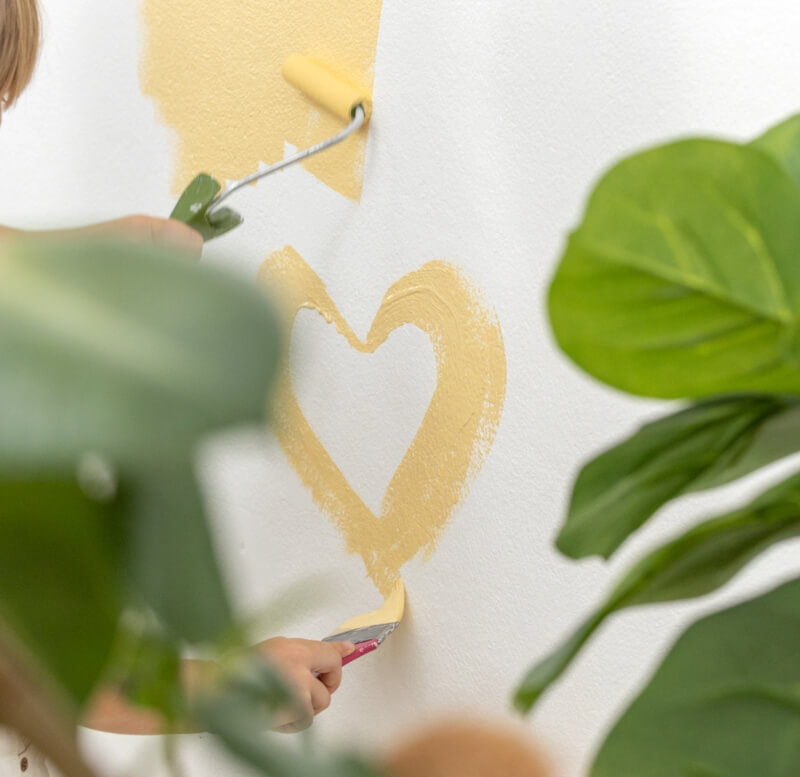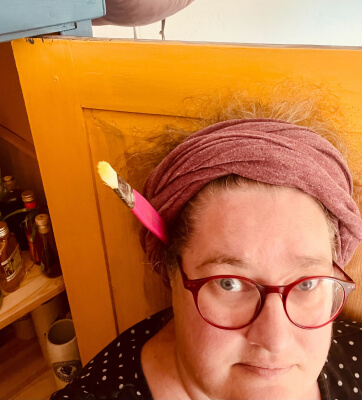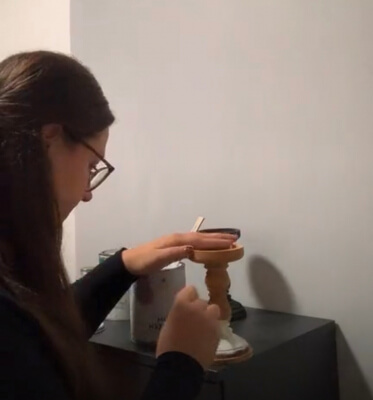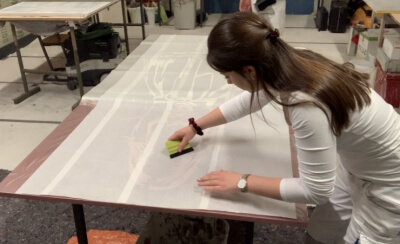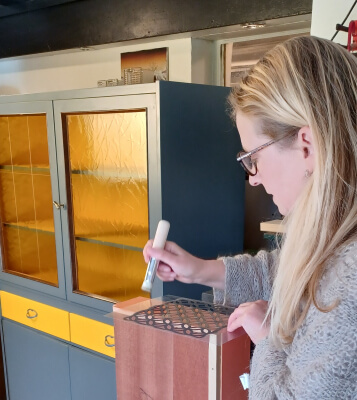Painting Doors: DIY-tutorial and Professional Tips
8 min reading time
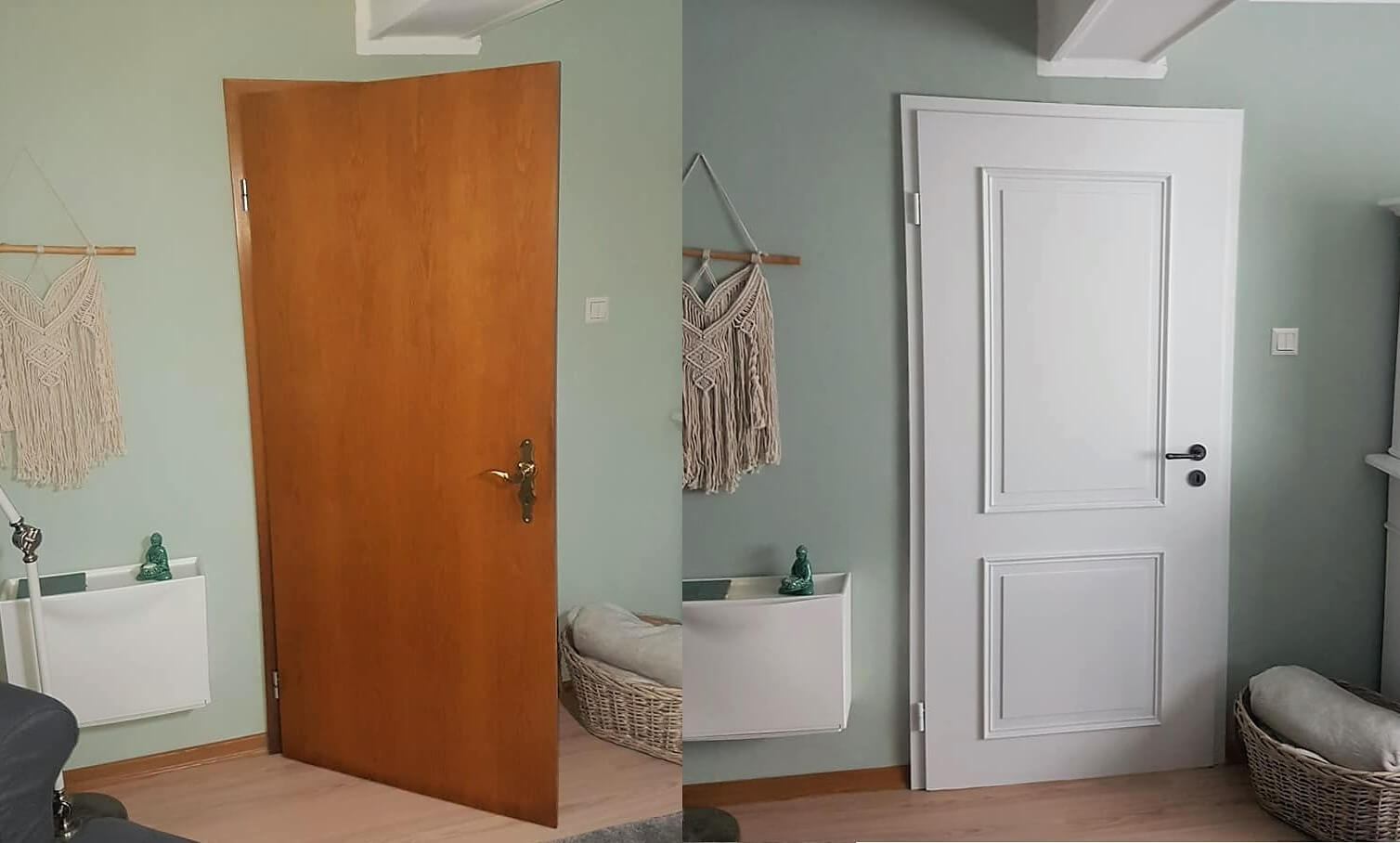
Do you perhaps have those unloved wooden doors in your home that destroy any colour concept in the room? Or do your painted interior doors show more traces of "lived life" after a long time than you can still find beautiful? Then there's only one thing to do: paint the doors with our water-based varnishes. Because it's surprisingly easy, usually without any sanding at all.
Table of content
Before/After sample photos for painting doors
Step-by-step guide to painting doors
Step 1: Choose a varnish
Step 2: Prepare the surface
Step 3: Clean the door and frame
Step 4: Prime surfaces
Step 5: Paint the door
Step 6: Seal the coating
Painting doors: Colours and materials - what you need to consider
Which colours are suitable for painting doors?
Our MissPompadour Eggshell Varnishes are the most suitable. They are very hard-wearing and are therefore particularly recommended for painting doors.
Which colours are suitable for wooden doors - what else do I need?
- MissPompadour Eggshell Varnish
- MissPompadour To Bond & Block to prepare surfaces for painting
- To Seal - MissPompadour Topcoat
Which colours are suitable for PVC-U doors - what else do I need?
- MissPompadour Eggshell Varnish
- MissPompadour To Bond & Block to prepare substrates for painting
- To Seal - MissPompadour Topcoat
We have described the application of the individual primers, colours and topcoats in detail for you in our step-by-step guide.
Pro tip: Easily change the style of your doors by applying decorative mouldings, e.g. made of wood. This is best done after sanding (if necessary). Then simply paint them in the colour of your choice!
Frequently asked questions about painting doors
1. Can doors simply be painted over?
Can all doors be painted?
Yes, you can paint real wood as well as plastic and metal doors, veneered or foiled doors and door frames.
Do I need a primer?
If you want to paint with light colours, it is worth priming real wood doors with MissPompadour To Bond & Block to prevent the wood from bleeding. Oak, tropical wood or even softwoods can otherwise release tannins and discolour the fresh varnish. Stains and stains can also bleed through new colour.
You should use a stain block to give raw metal doors and frames corrosion protection so that nothing rusts. If you want to paint plastic doors, you can use MissPompadour To Bond & Block to ensure better adhesion of the paint. This white primer also makes it easier to apply an opaque coat of paint to light white tones.
Can you paint doors without taking them off?
If you have space and the possibility, then hang the doors out and store them on trestles to paint. If this is not possible, or the effort is too great, then simply paint them hanging. It is then a little more tedious to paint the side on the hinges.
Can you paint doors without sanding them?
If the old varnish on your doors does not peel off, you can simply apply a new layer of varnish. You should only remove layers of paint that are not durable. It is best to start with slightly coarser sandpaper (grit <100) and then sand with finer sandpaper (grit >200).
2. How do I deal with other materials in my door?
Can I also paint the glass inserts of my door?
Yes, if the glass is very smooth, it is worth priming it with MissPompadour To Bond & Block.
Can I also paint silicone joints on glass inserts?
If your door has silicone joints, for example in glass inserts, you can paint over them with MissPompadour To Seal Silicone and then simply varnish them.
Can I also paint the rubber seals?
Yes, you can simply paint over the seals. To prevent them from sticking to the painted door afterwards, you can rub them with baby powder after the varnish has dried for 4 hours. Or you can take the opportunity to simply replace your door rubbers with ones in a matching colour.
Can I also paint door handles?
Yes, you can also paint door handles. It is important what material they are made of. In our guide, we explain how you can paint metals or finish plastic surfaces, for example. However, please note that door handles are subject to a lot of wear and tear.
3. What else do I need to consider when painting doors?
Which coating tool do I need?
It is best to pour the varnish into a small paint tray and work with a varnish roller for water-based varnishes. Then paint, or rather roll, the paint thinly and evenly onto the door leaf. The easiest way to paint the edges is with our To Paint - Fine MissPompadour Brush. Our brushes are also perfect for the corners and recesses of panelled doors.
How much varnish do I need for a door?
For a normal door, approx. 90 cm wide, approx. 2 m high, without glass insert and with frame, we reckon with an area of approx. 5 square metres. If the door is painted, you will need about 0.5 litres of MissPompadour Eggshell Varnish for two coats of paint.
For light shades of white or large colour differences, two coats may not be enough. In this case, it is better to order a little more.
How do I paint my front door?
Basically, the procedure for a front door is very similar to that for an interior door. There are just a few little things to bear in mind. Take a look at our article on painting the front door!
Video instructions for painting doors & making doors disappear
Tools required and recommended products for painting doors
- Trestles for storing the unhinged door: You can of course also paint your door while it is hanging. Trestles make it a little easier for you to get to hard-to-reach places.
- Screwdriver for removing fittings: This is the cleanest way to work and saves you a lot of tedious masking.
- Sandpaper or sanding pad: For all areas where old varnish has flaked off. These should be sanded smooth first.
- Cleaning cloth and bucket to thoroughly clean the door first: The surface must be free of dust and grease for your paint to hold well.
- Masking tape for masking the door frame: It is best to always remove the masking tape when the paint is not yet dry so that you get a clean edge.
- plastic drop cloth or newspaper: To protect your floor under the frame.
- Brush, varnish roller and paint tray: It is best to pour the varnish into the paint tray. Paint the corners and edges with the brush and the surfaces with the varnish roller.
Have you finished reading yet?
You can find more exciting topics here
The perfect colour for your doors
Content: 2.5 Litre (€38.00* / 1 Litre)
Content: 2.5 Litre (€38.00* / 1 Litre)
How to make your project a success
Content: 10 piece (€0.60* / 1 piece)
Content: 0.4 Kilogramm (€24.75* / 1 Kilogramm)
Content: 0.125 Litre (€239.20* / 1 Litre)

